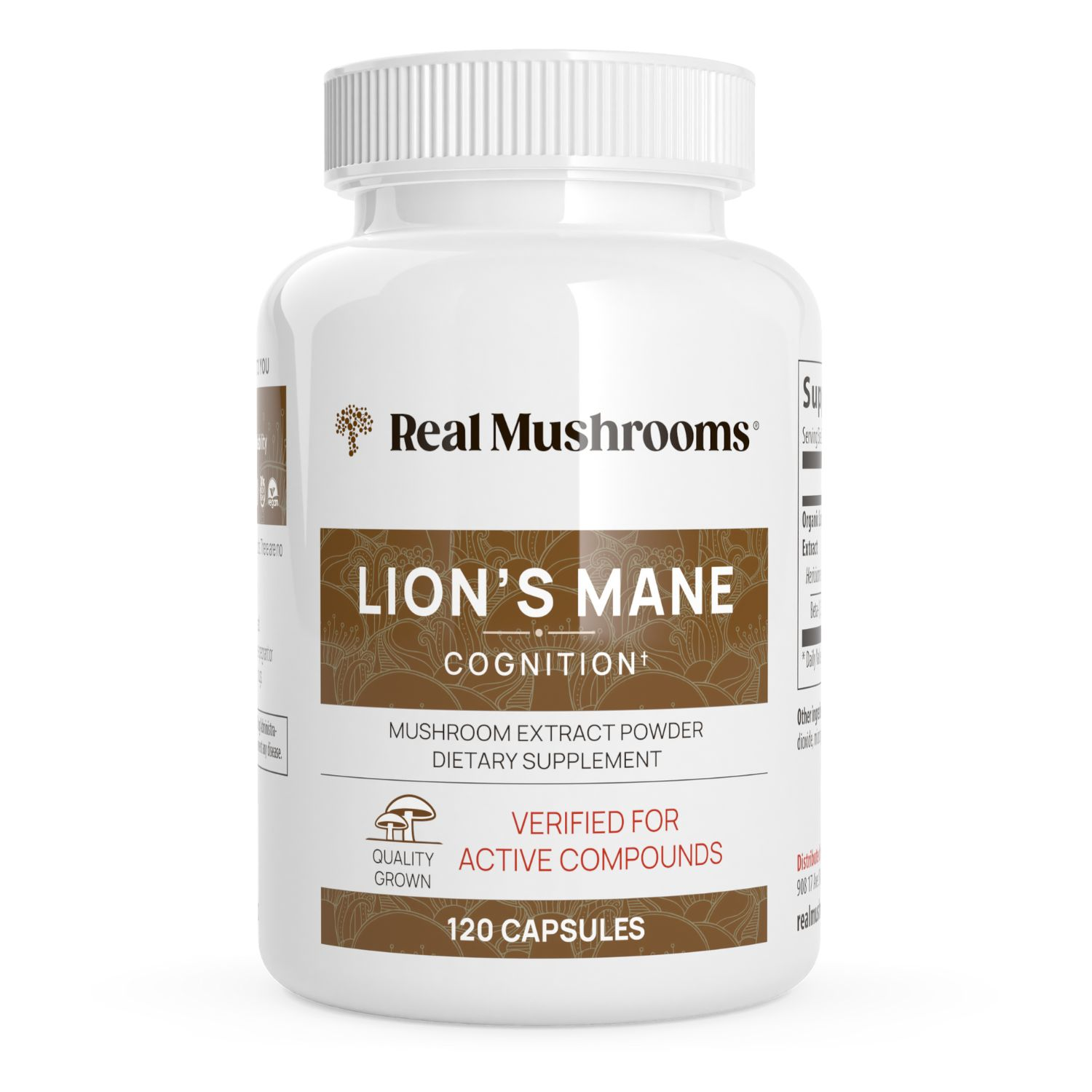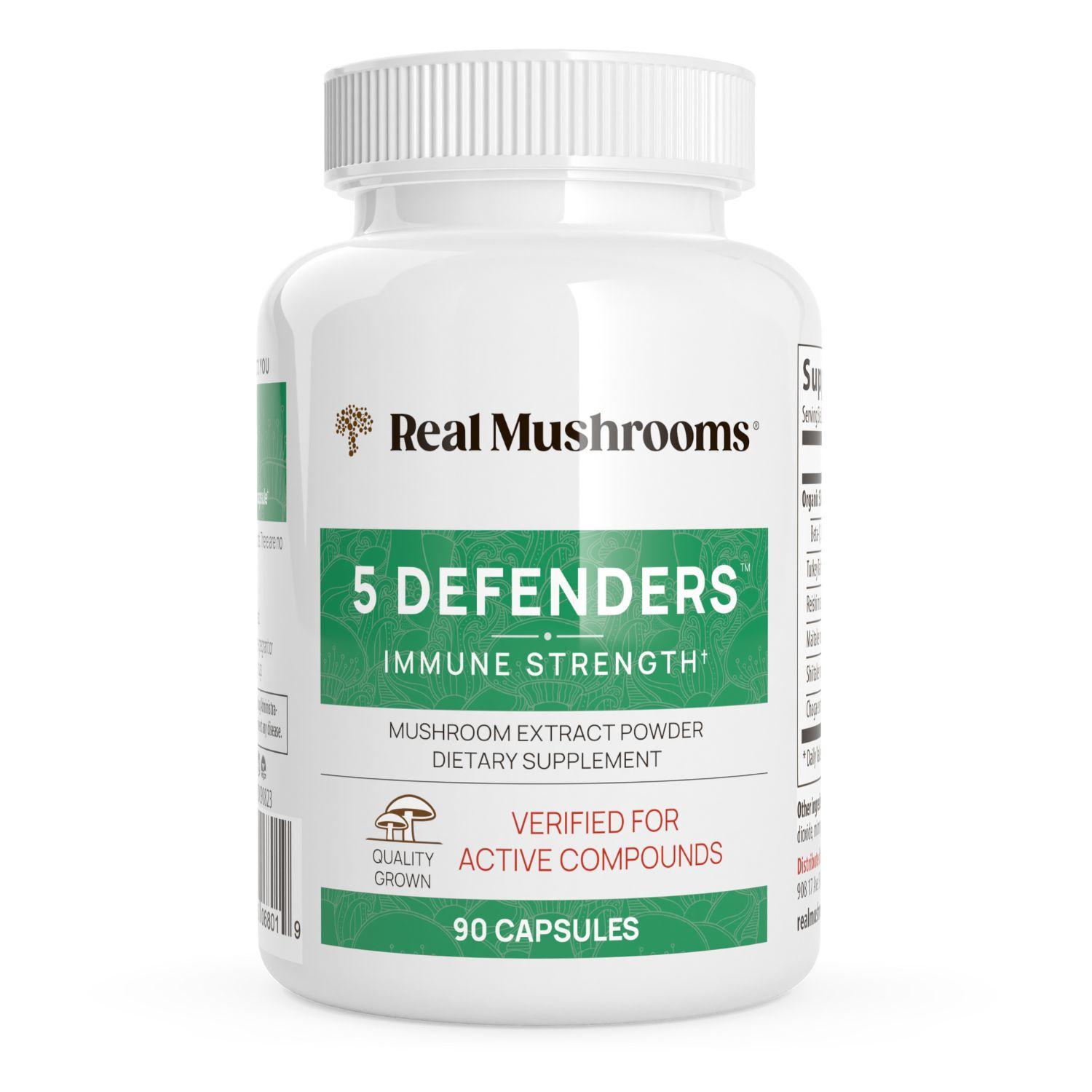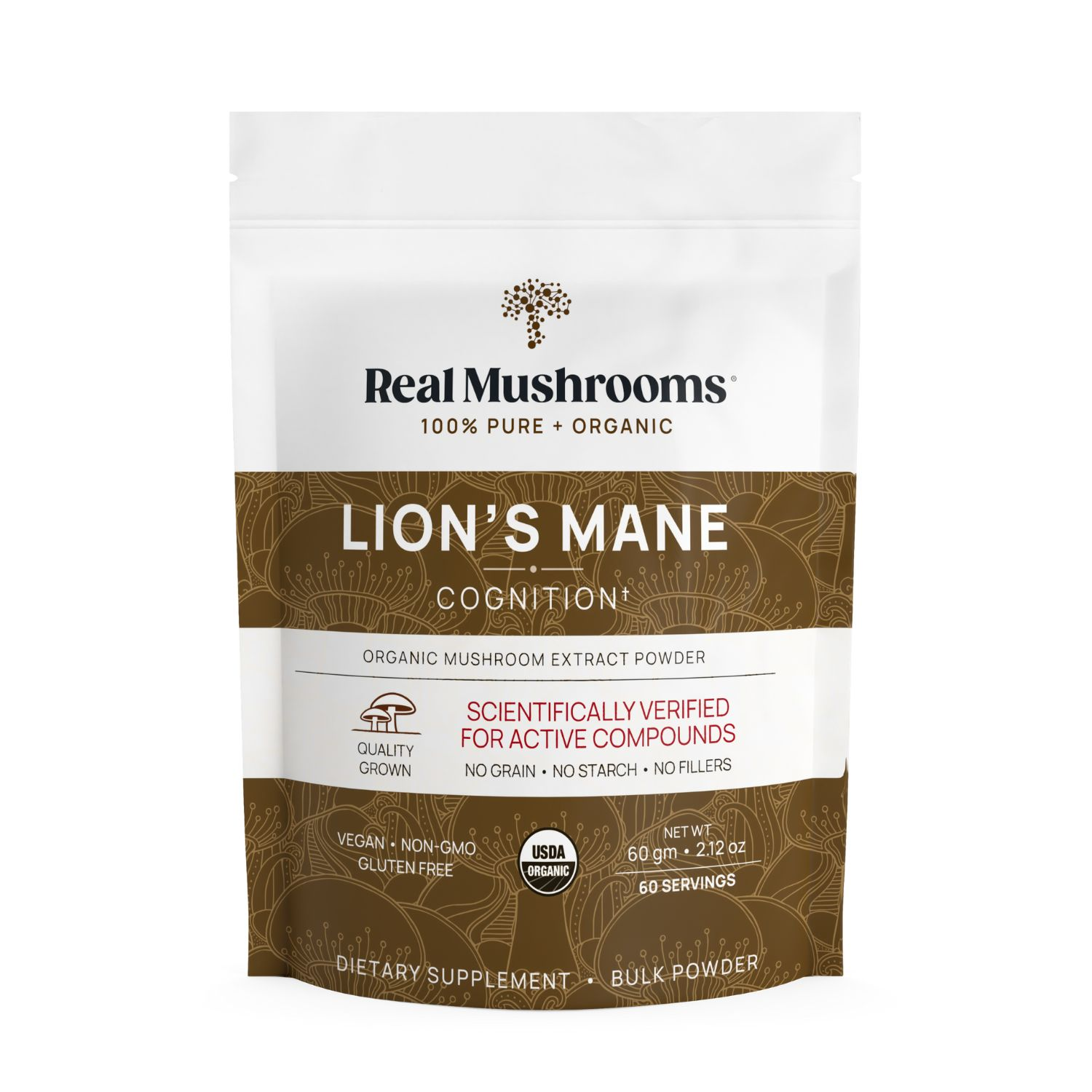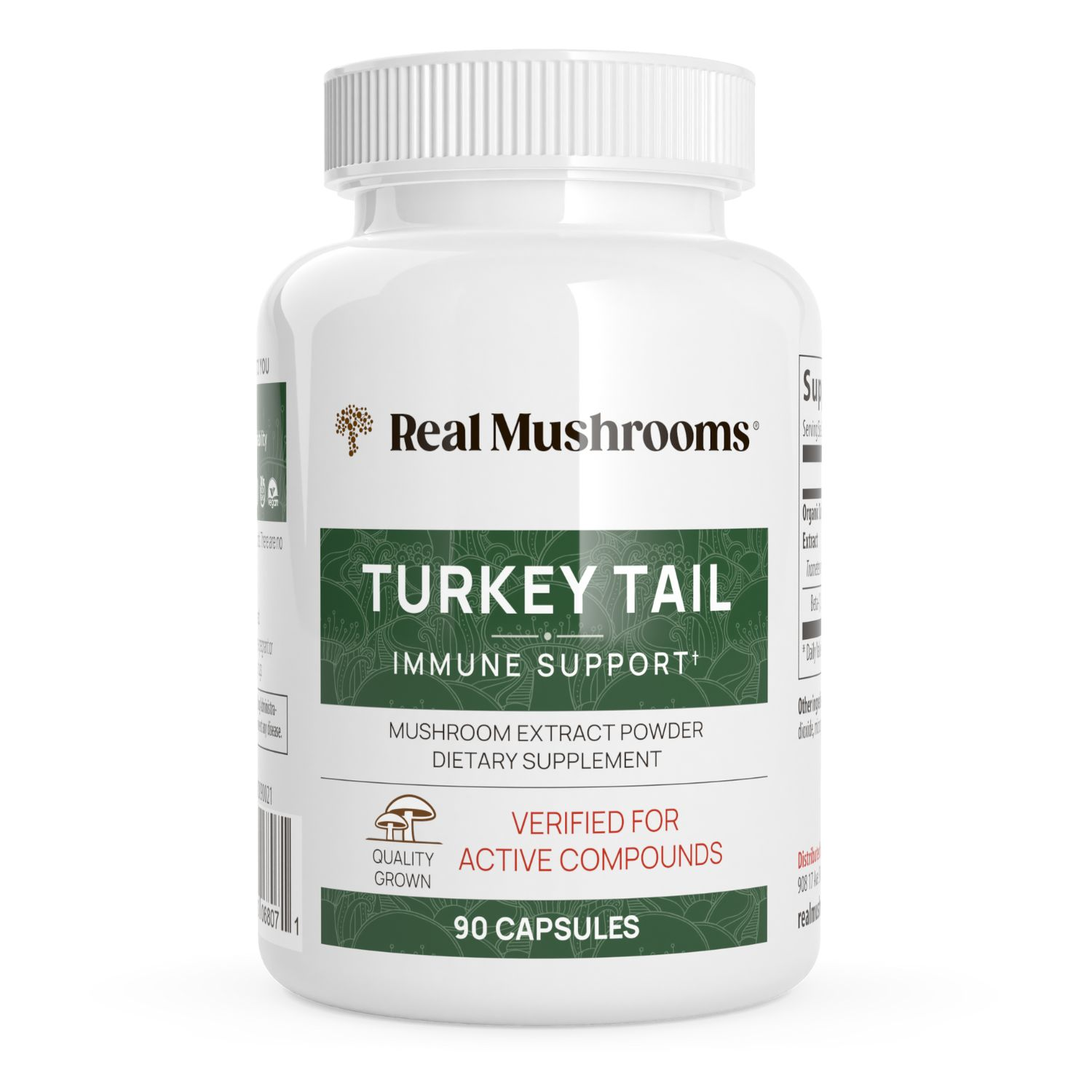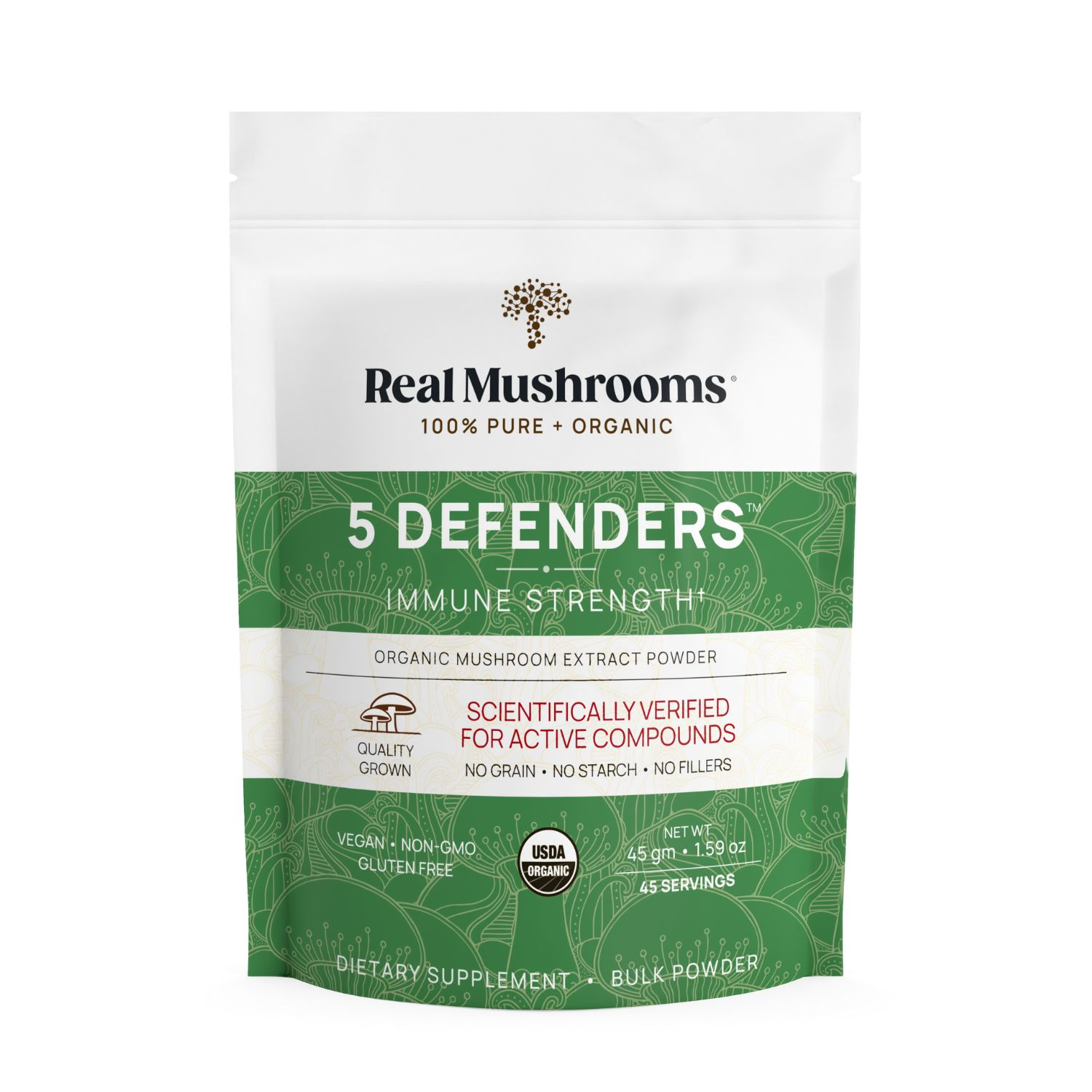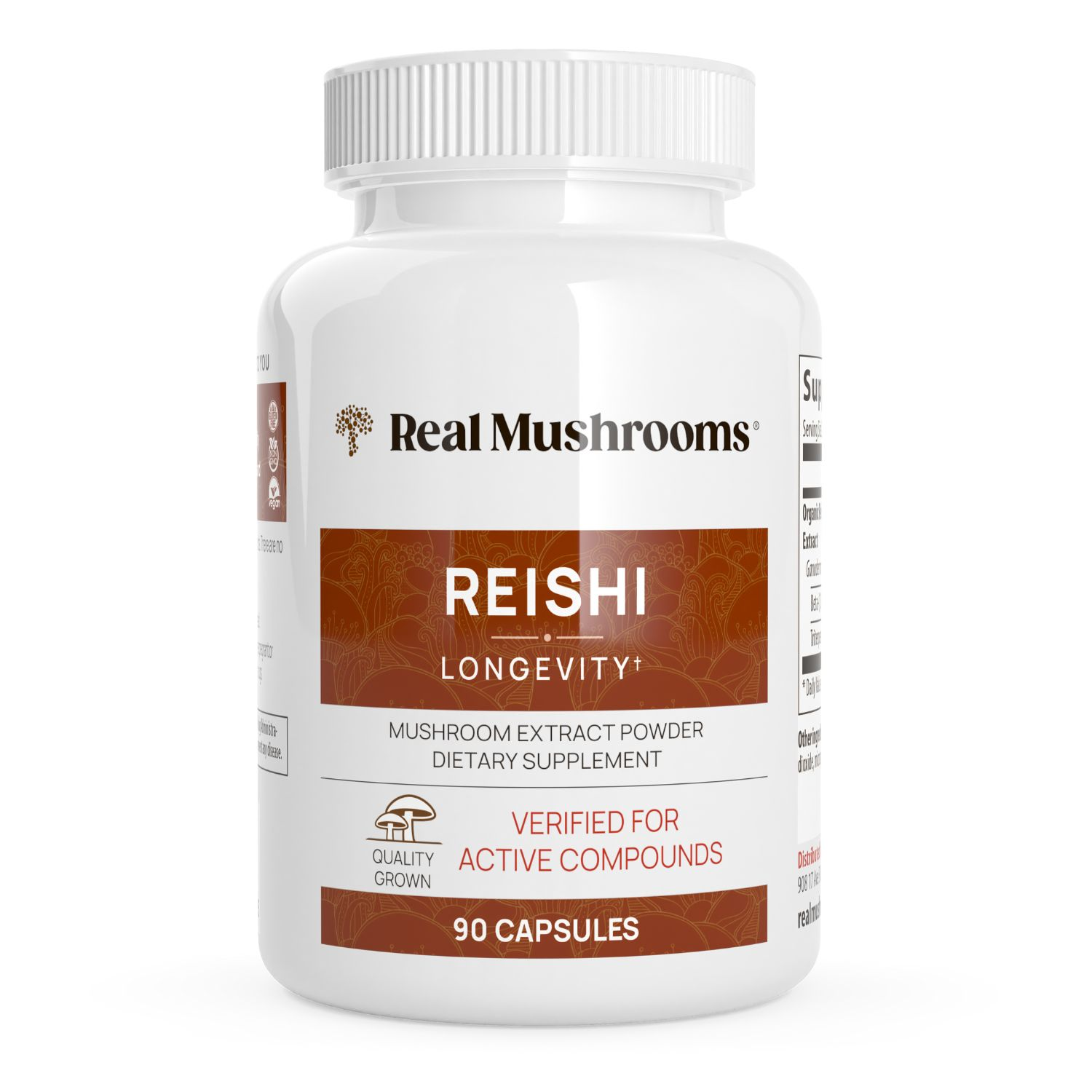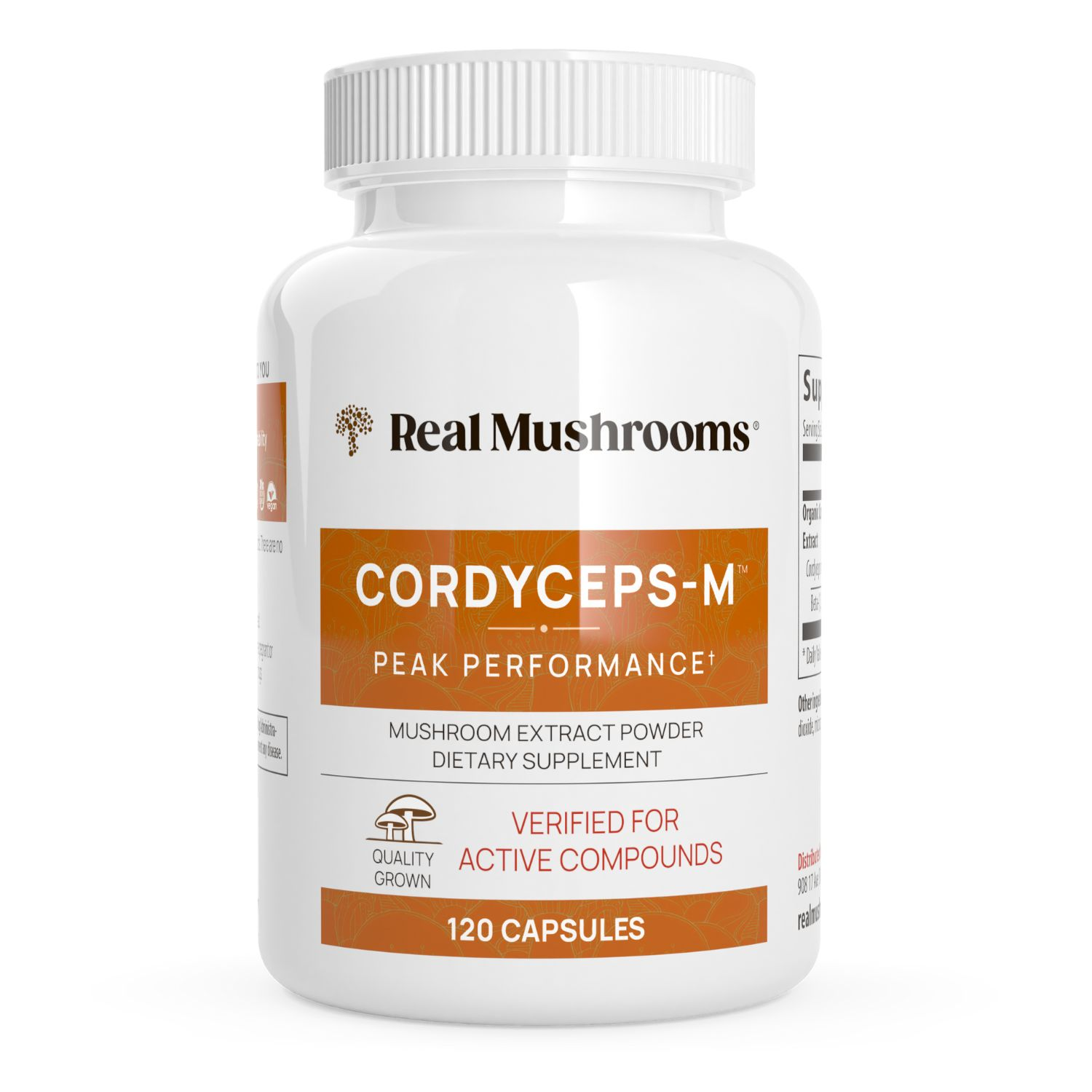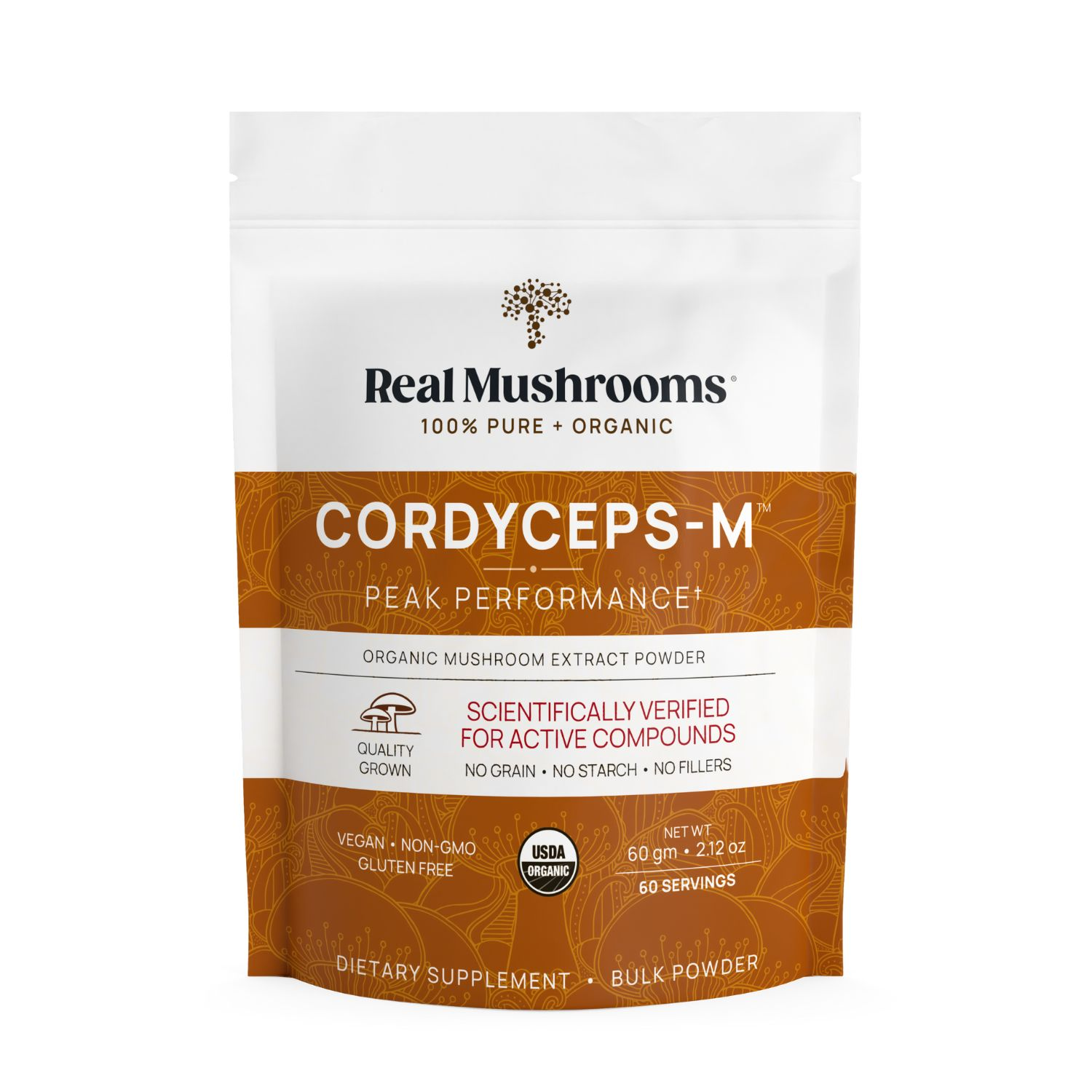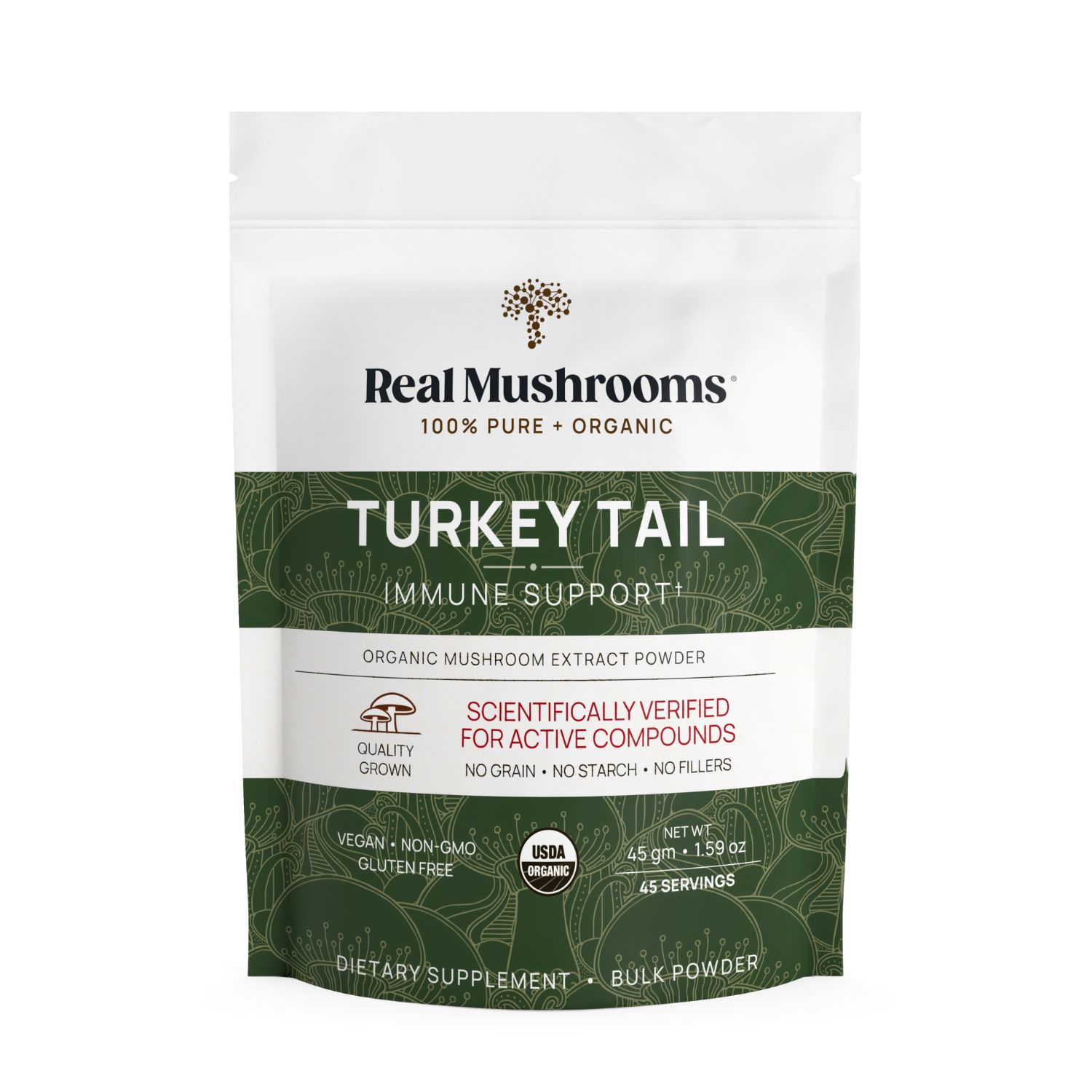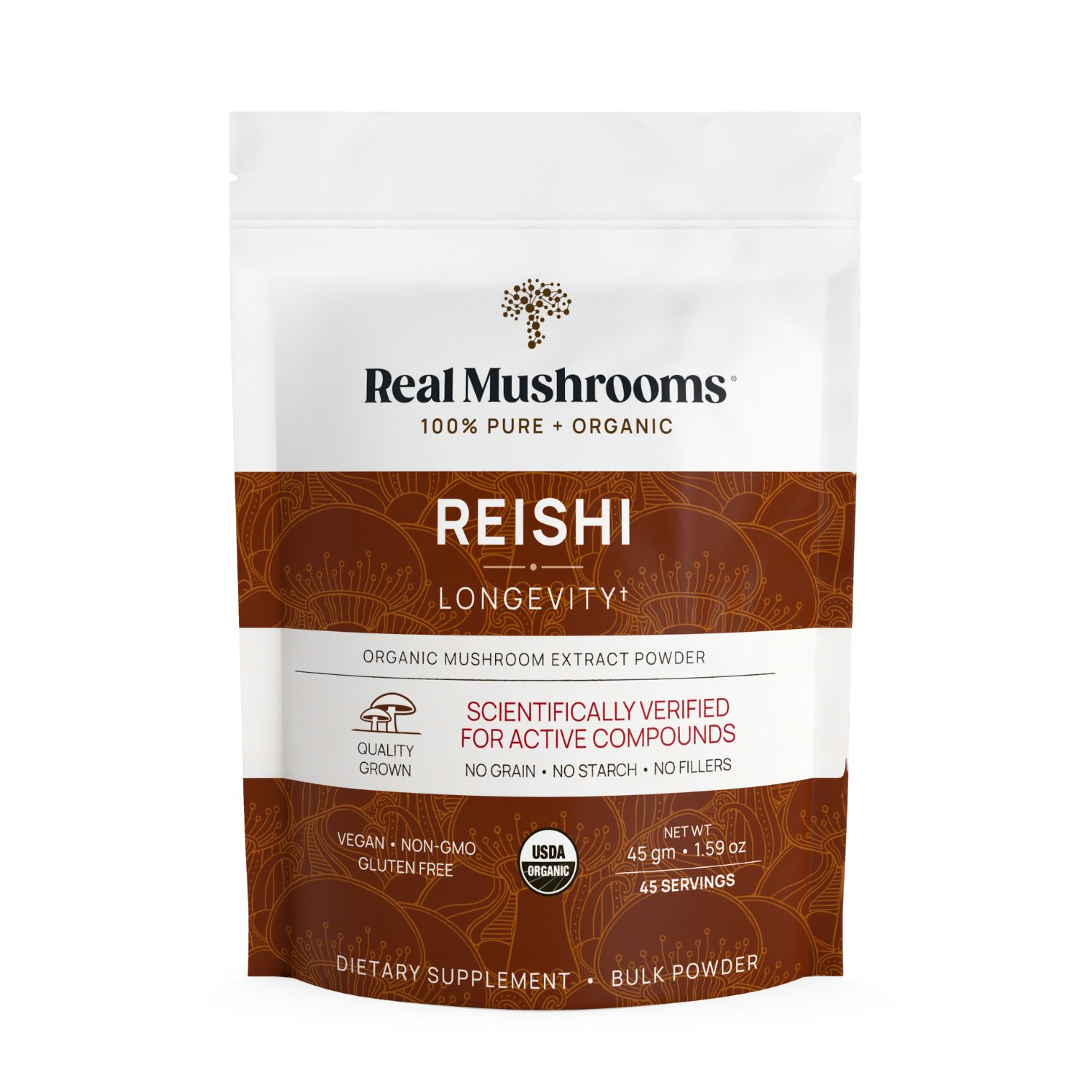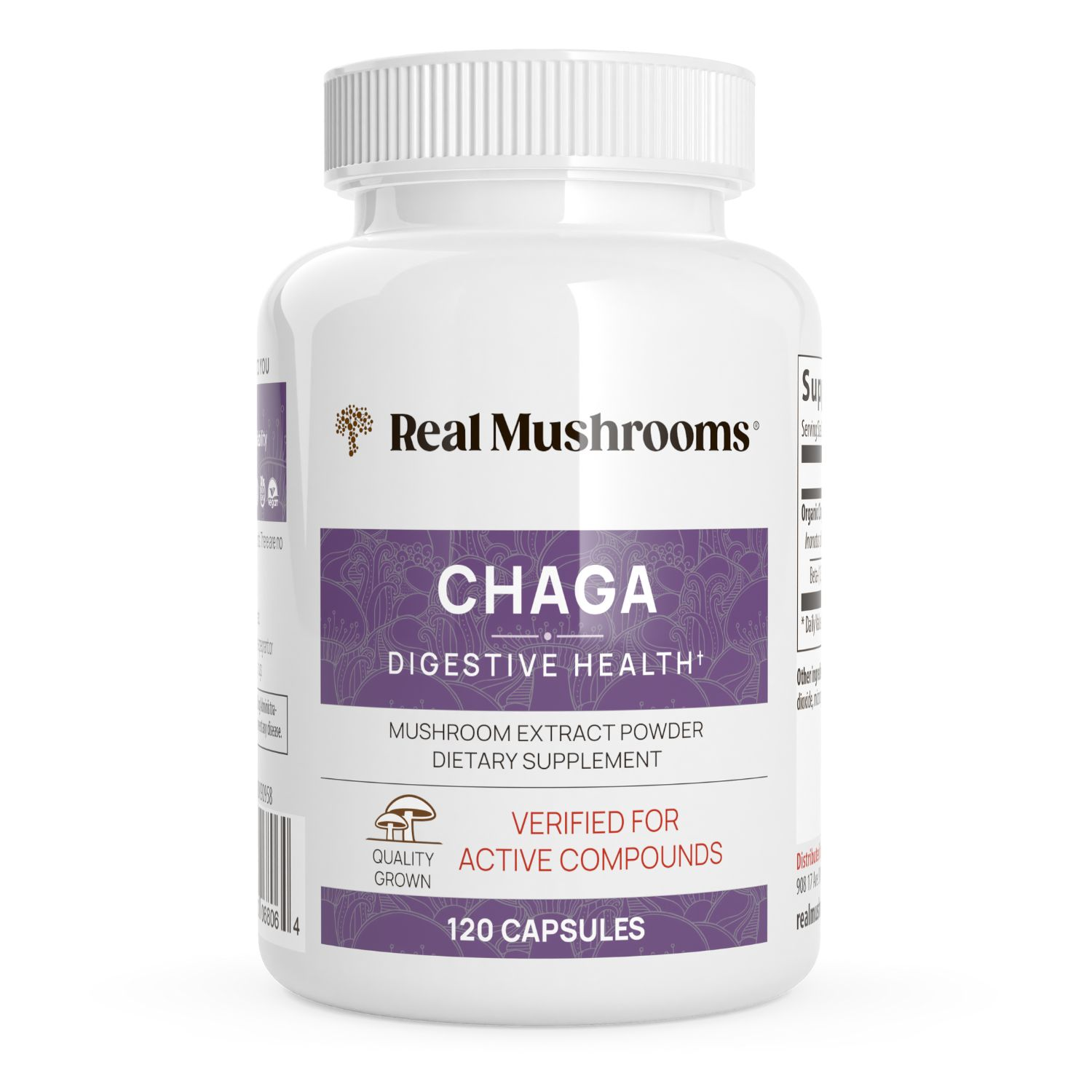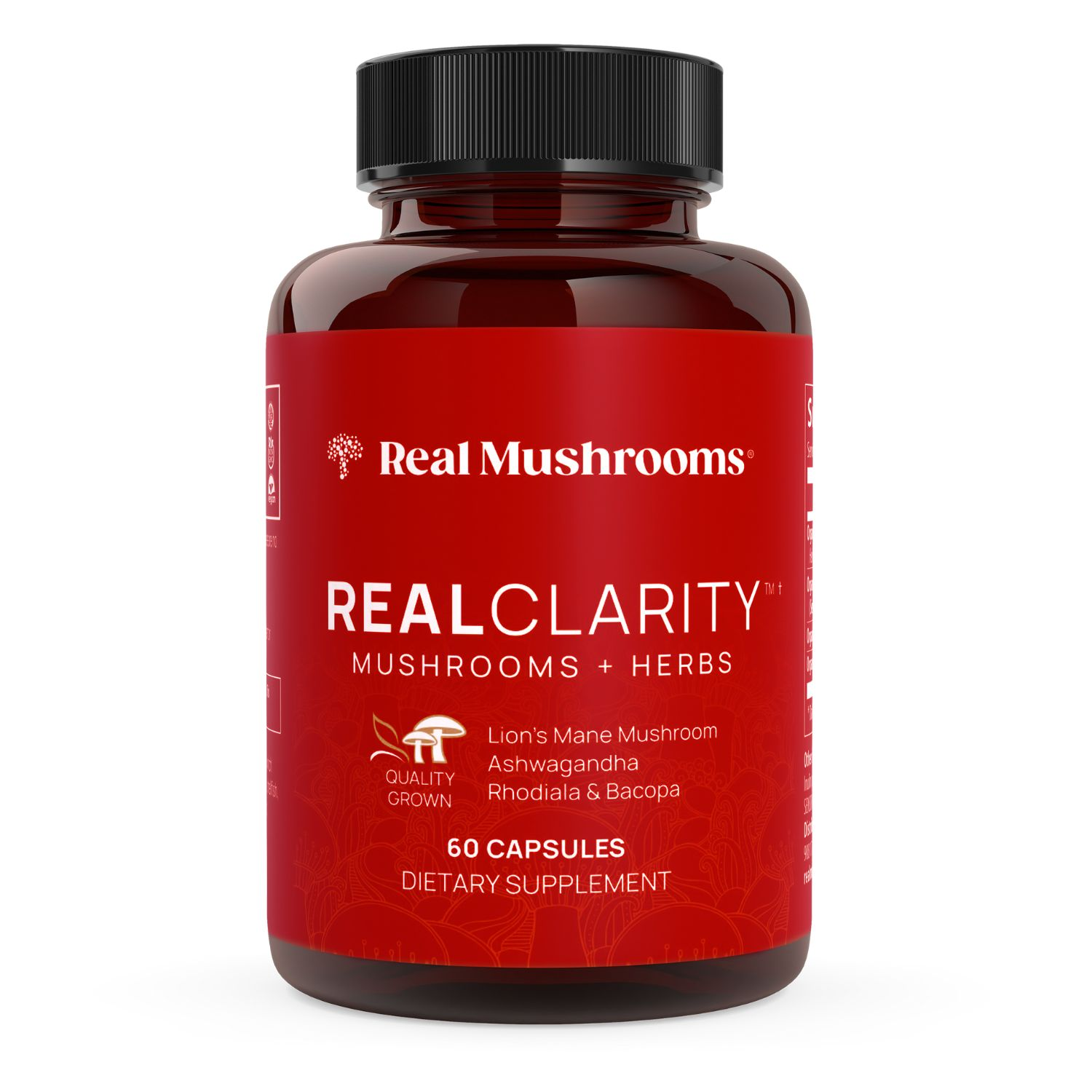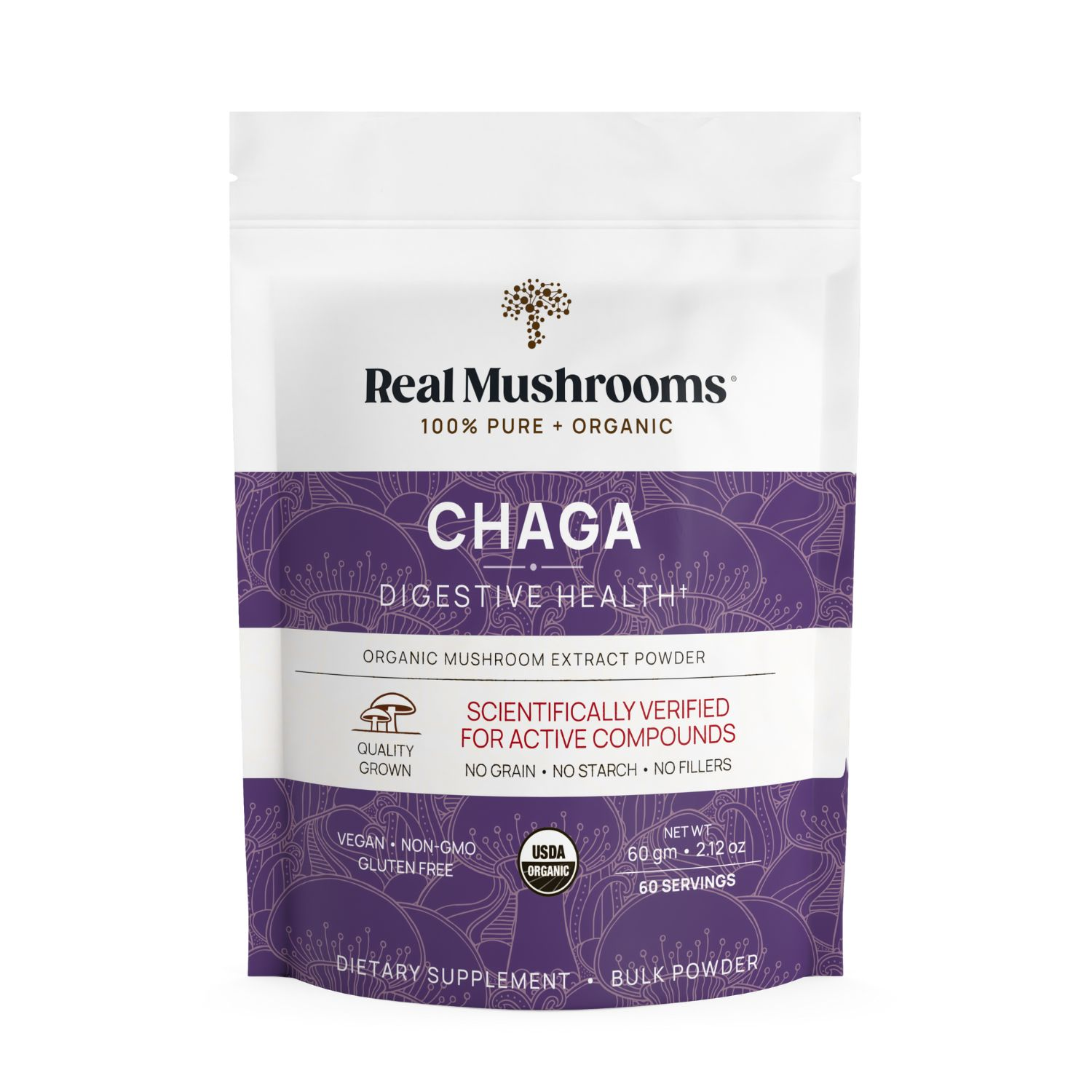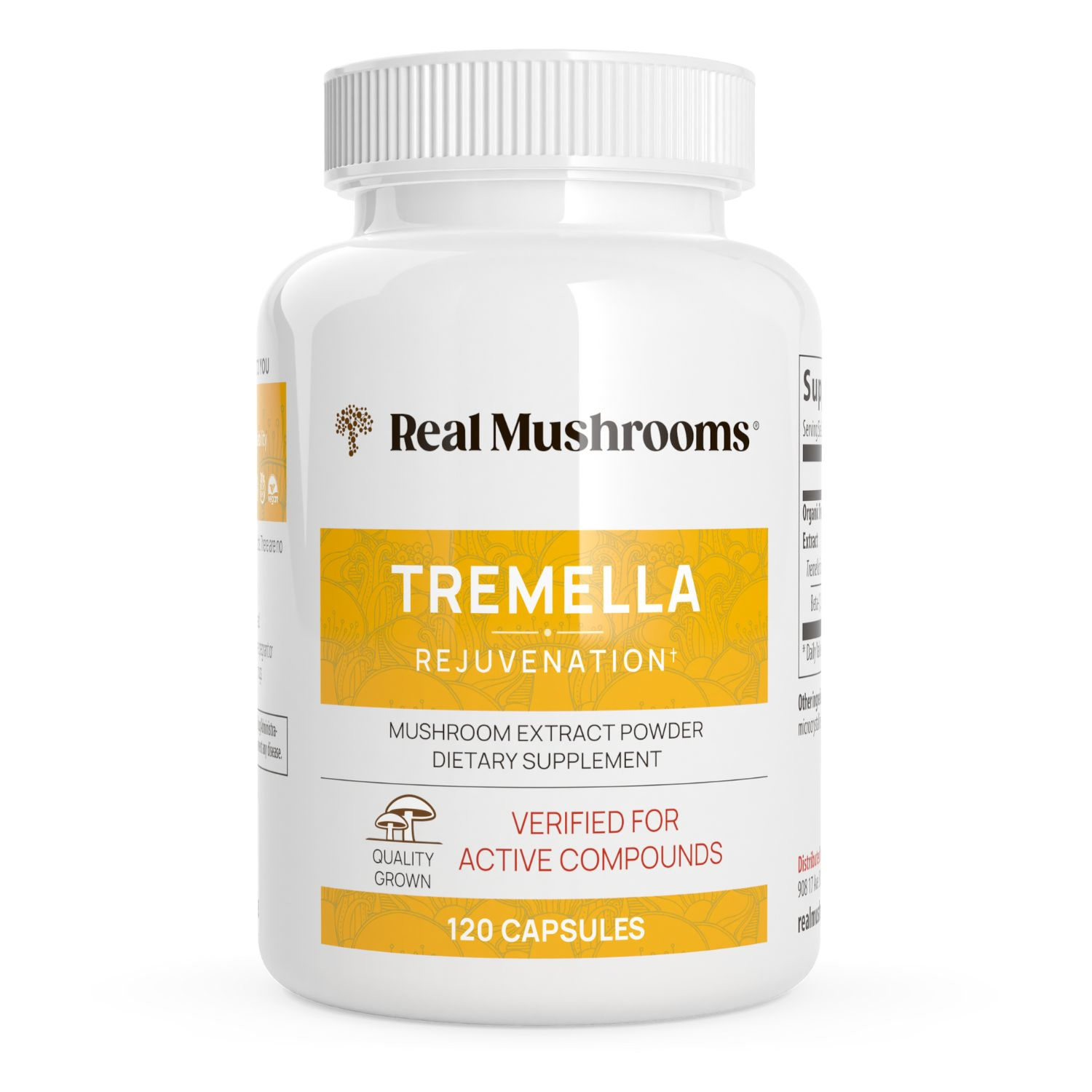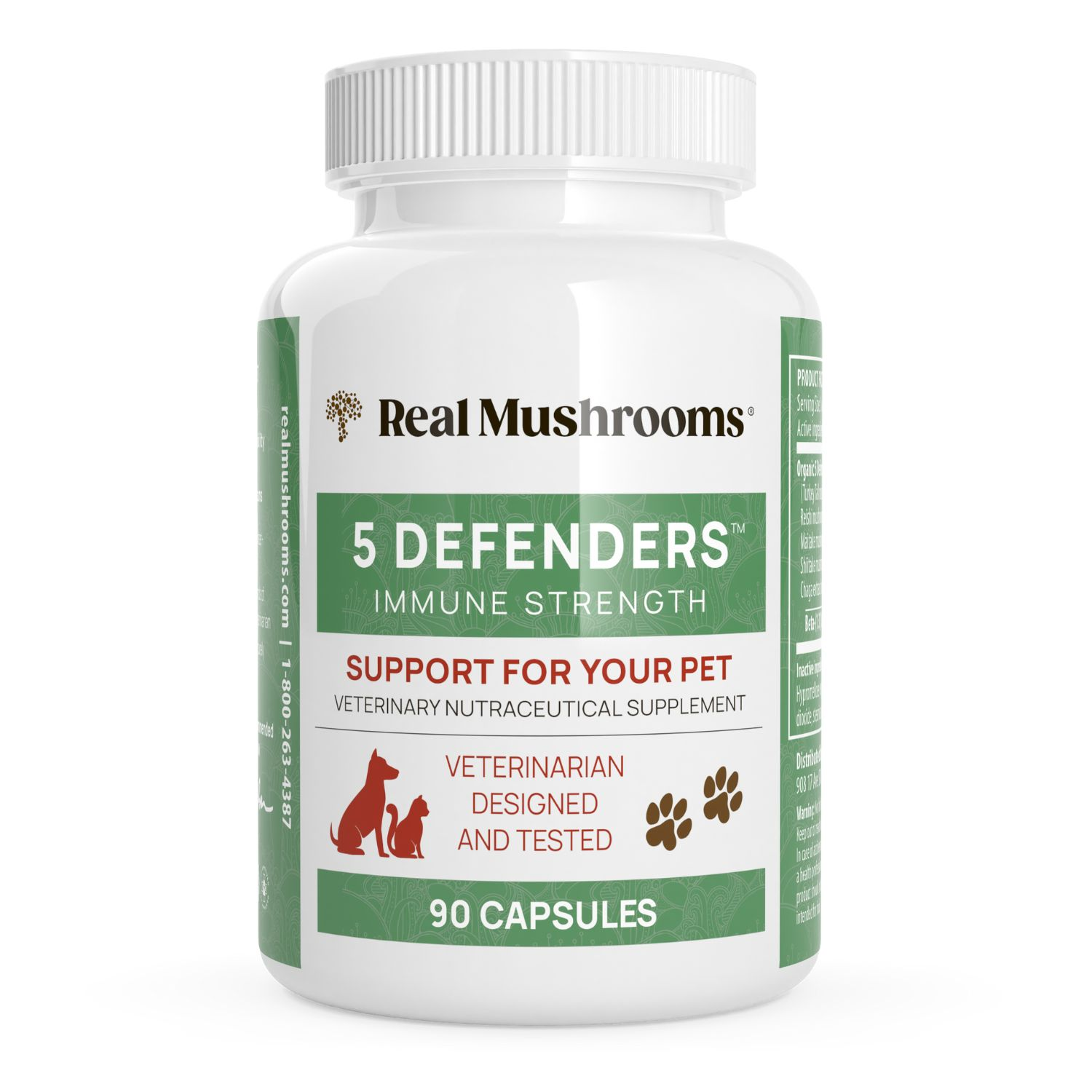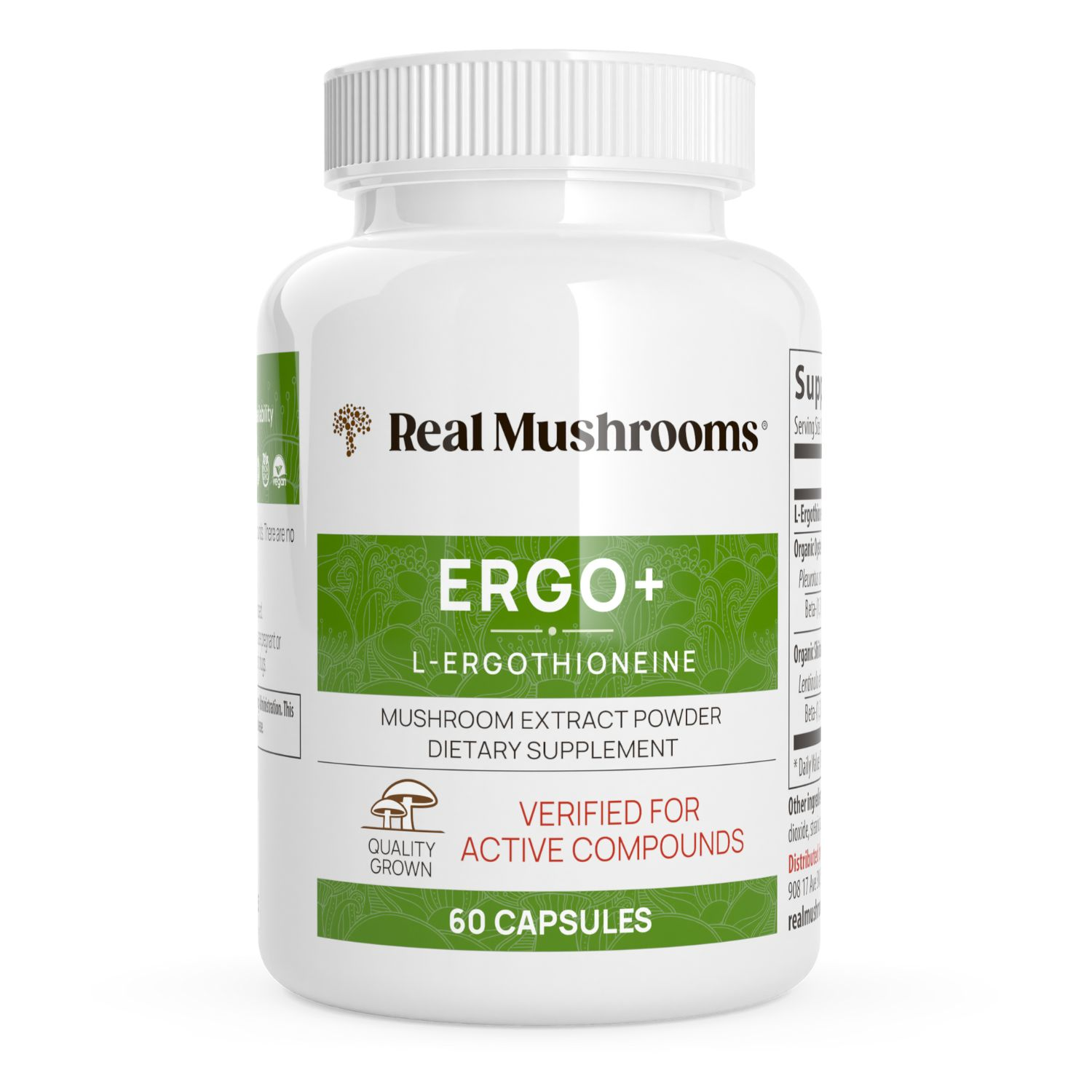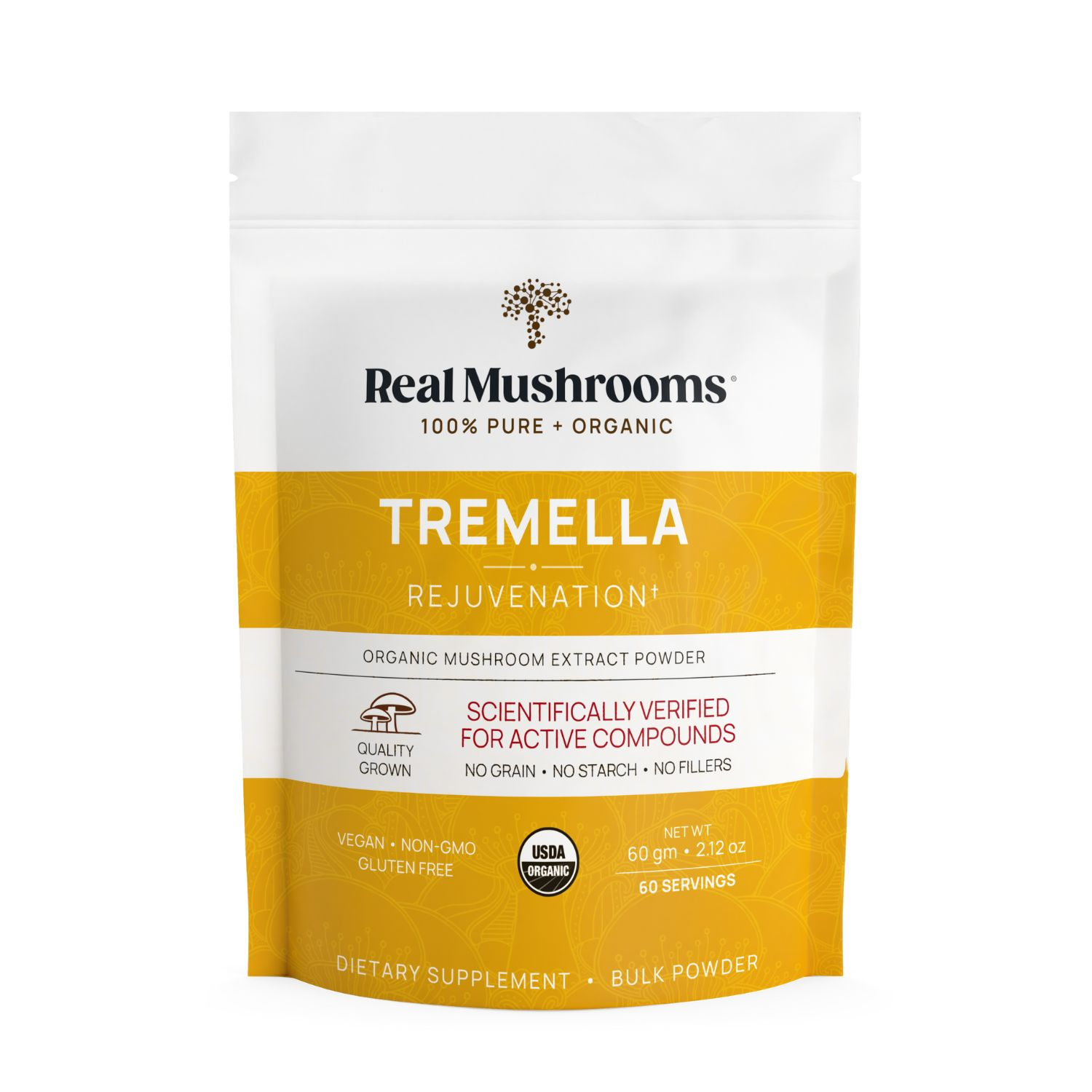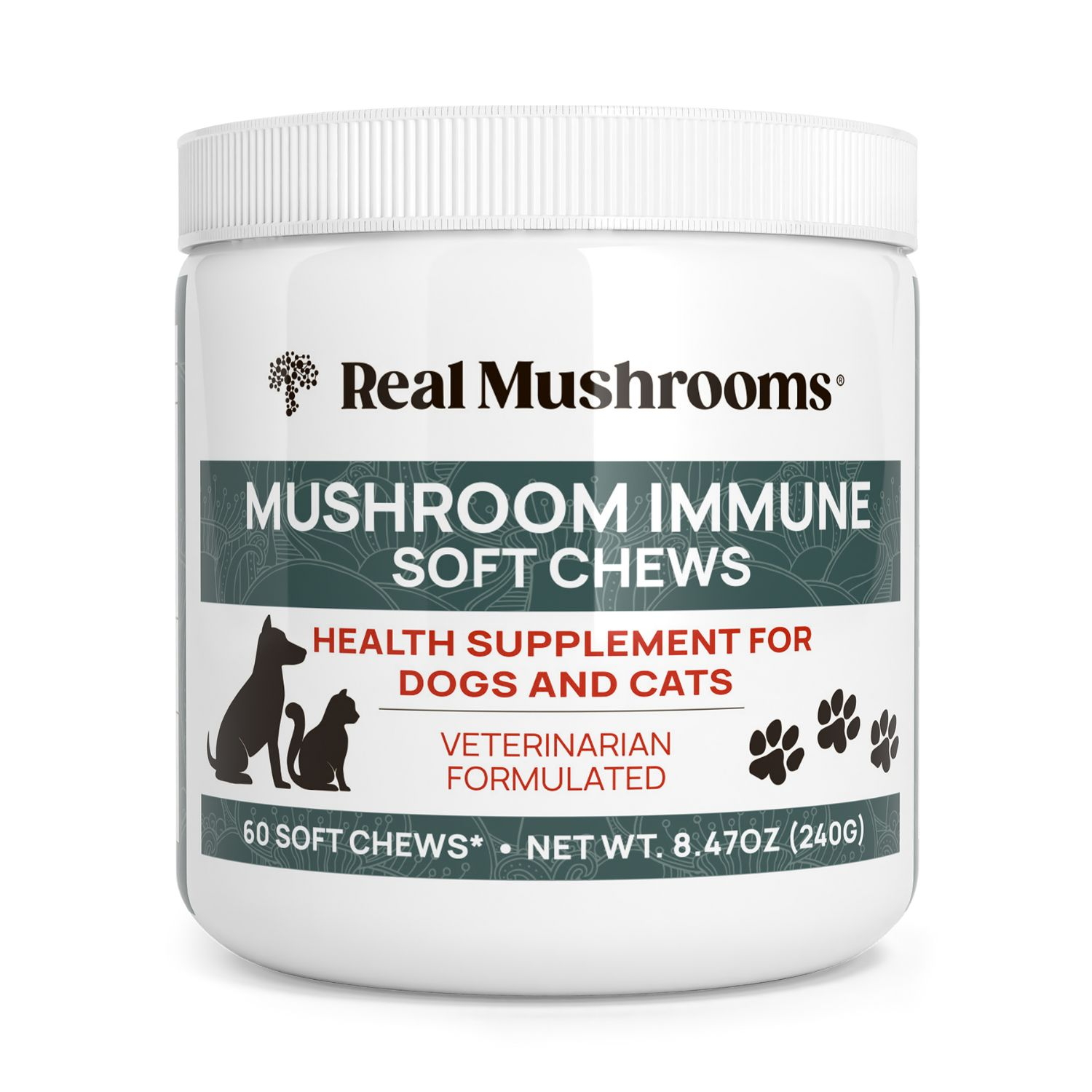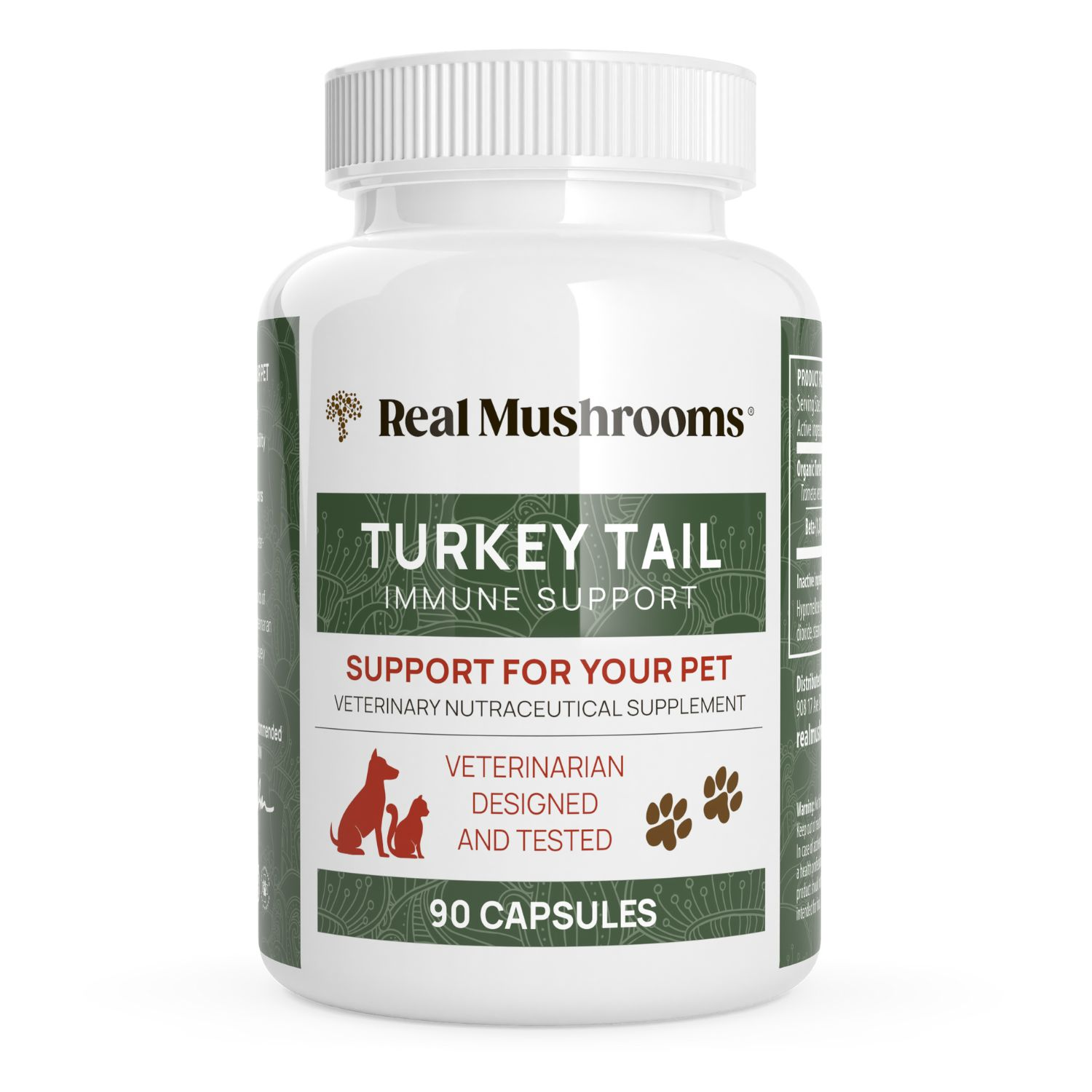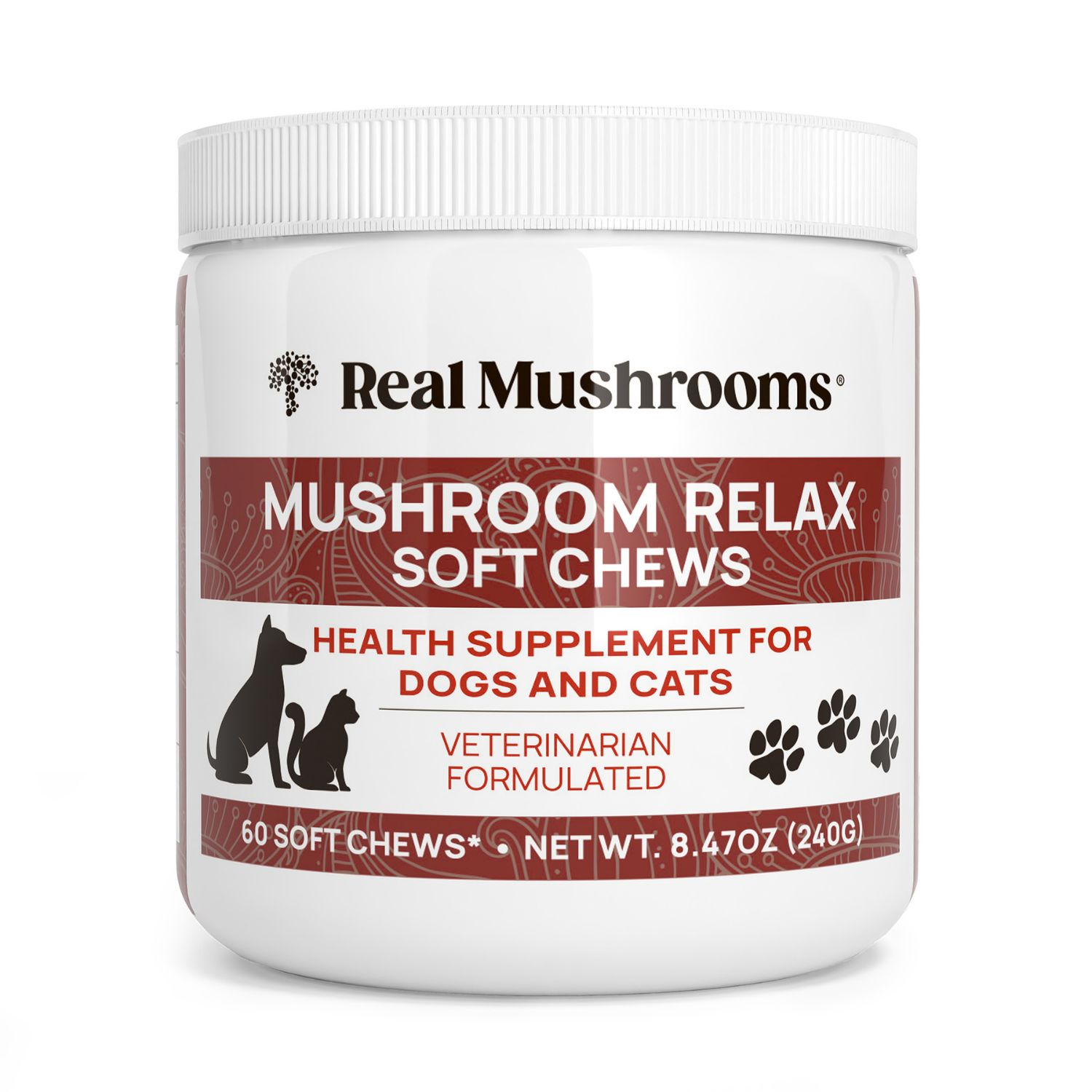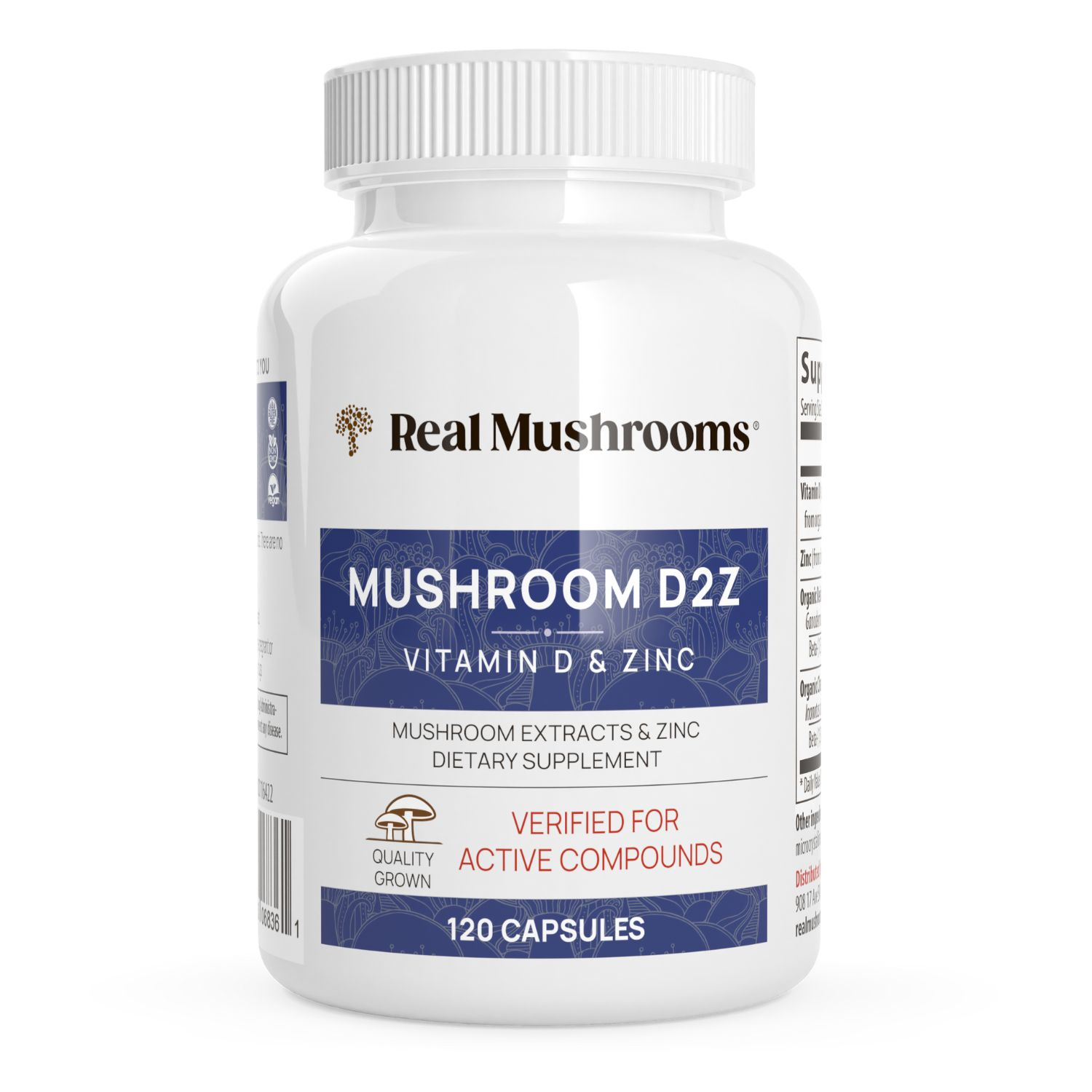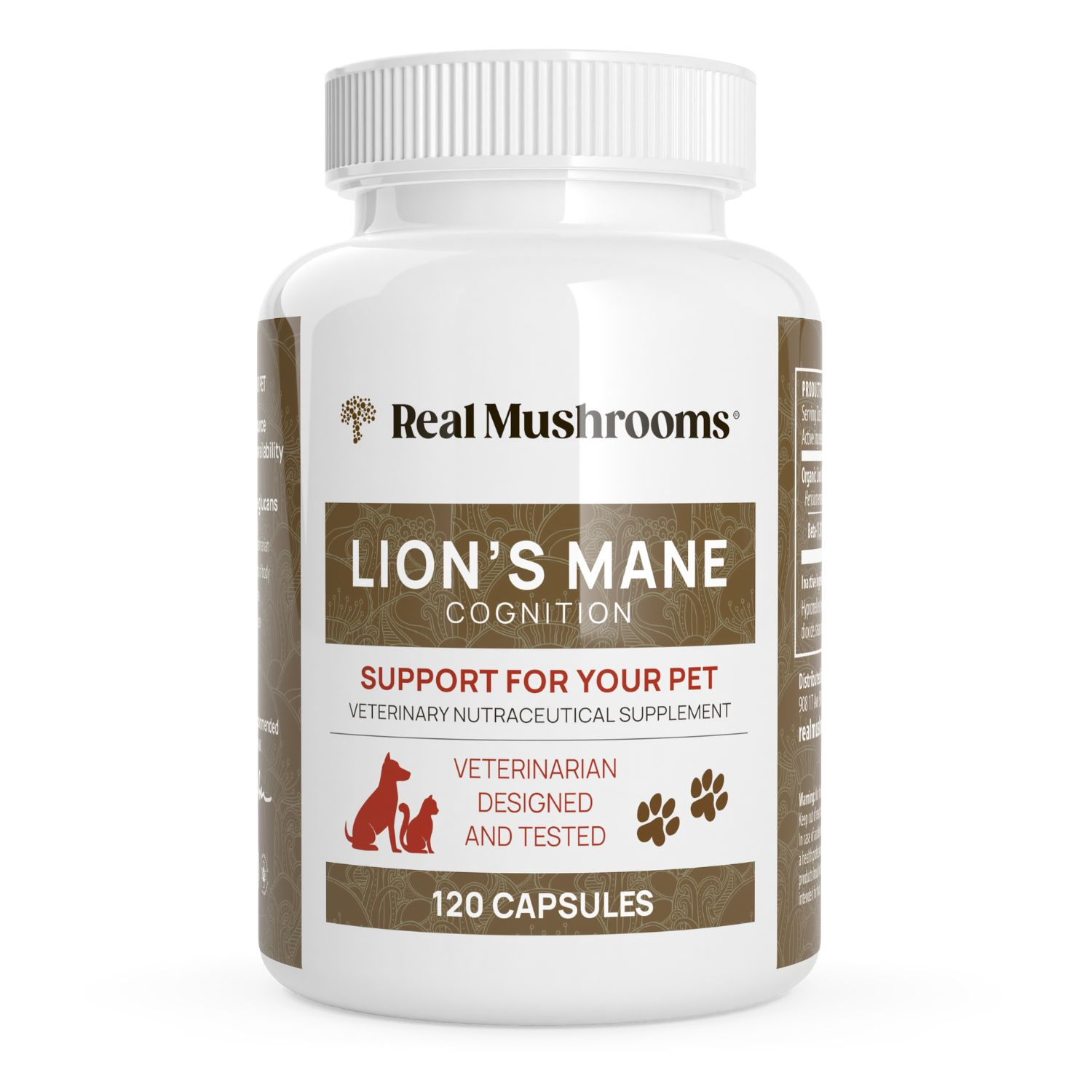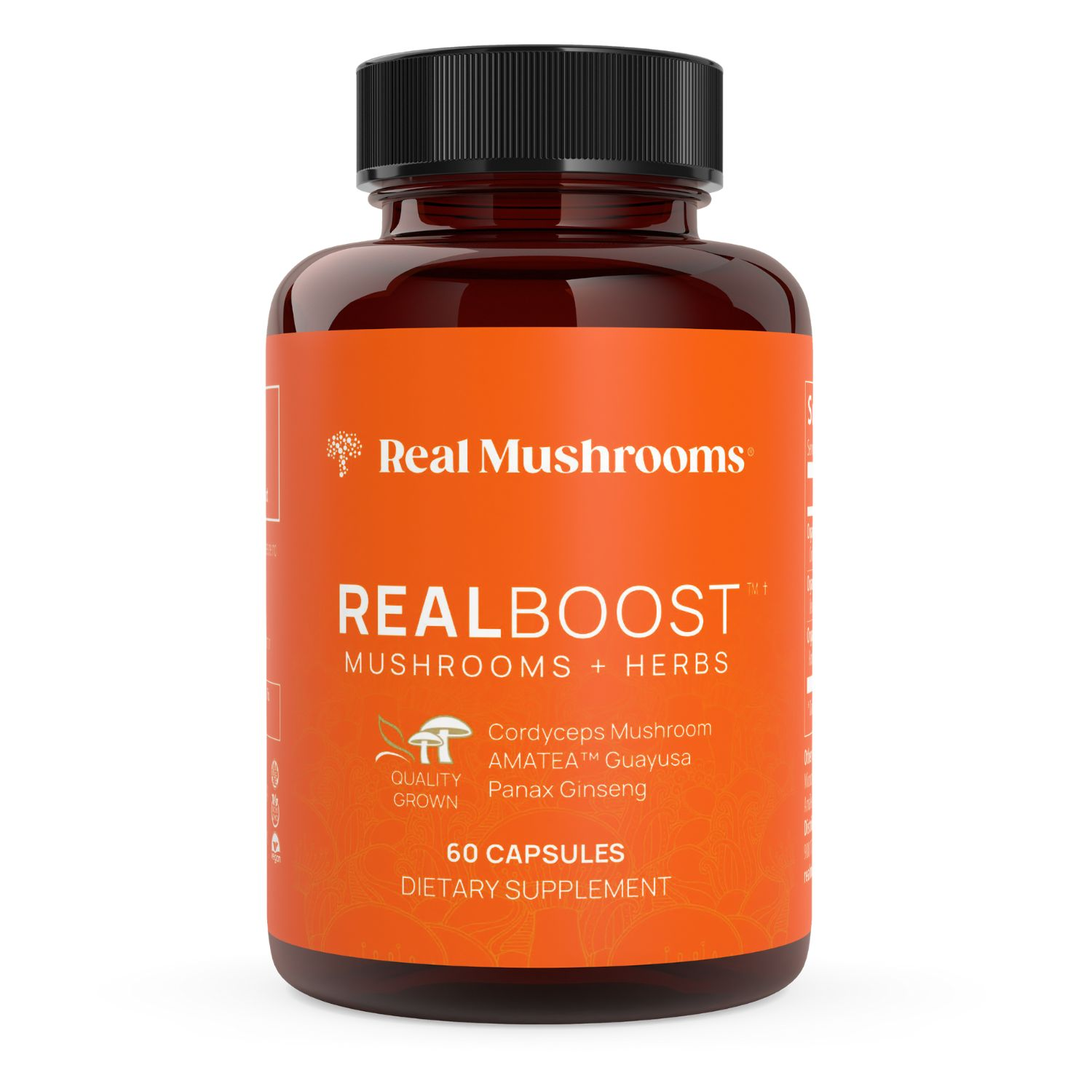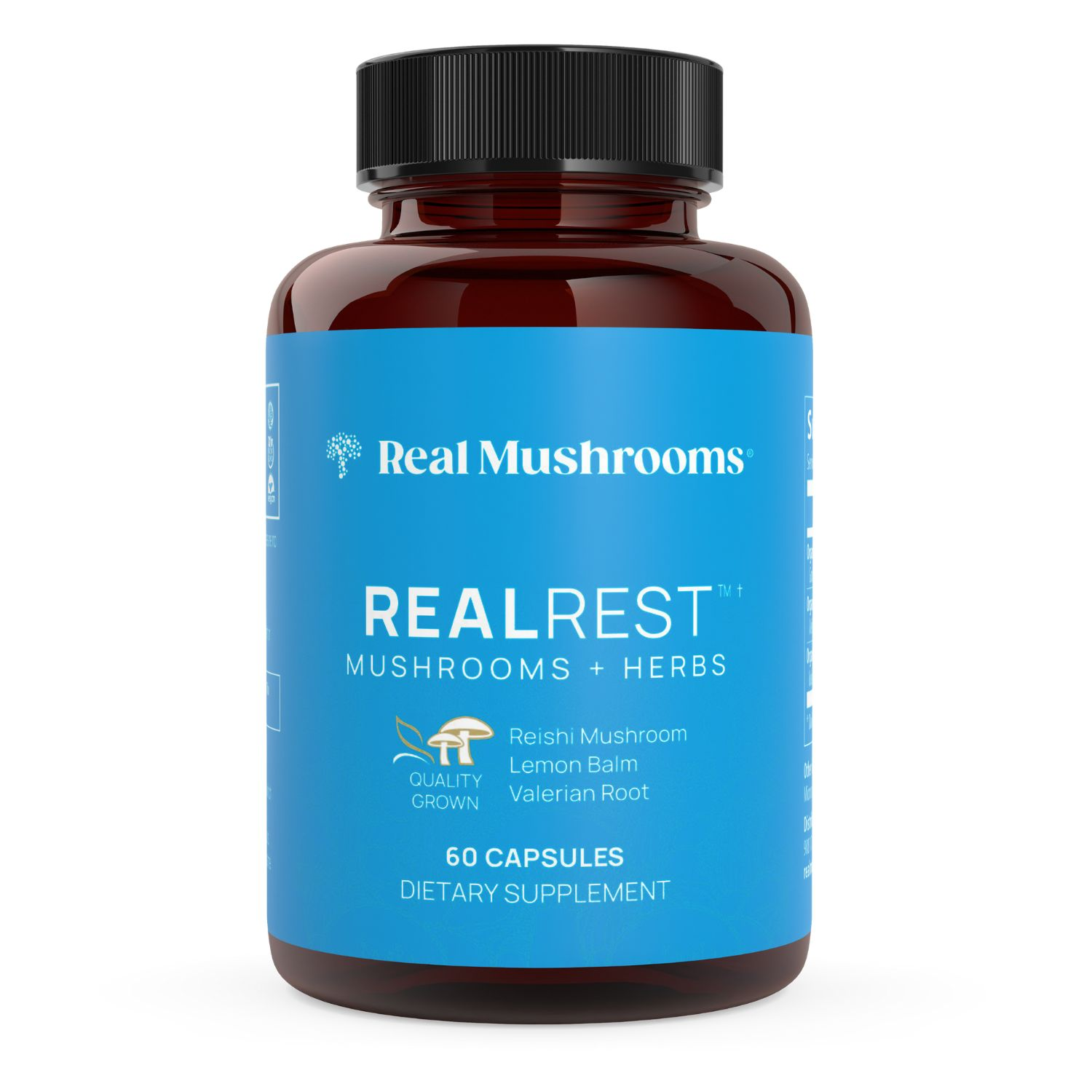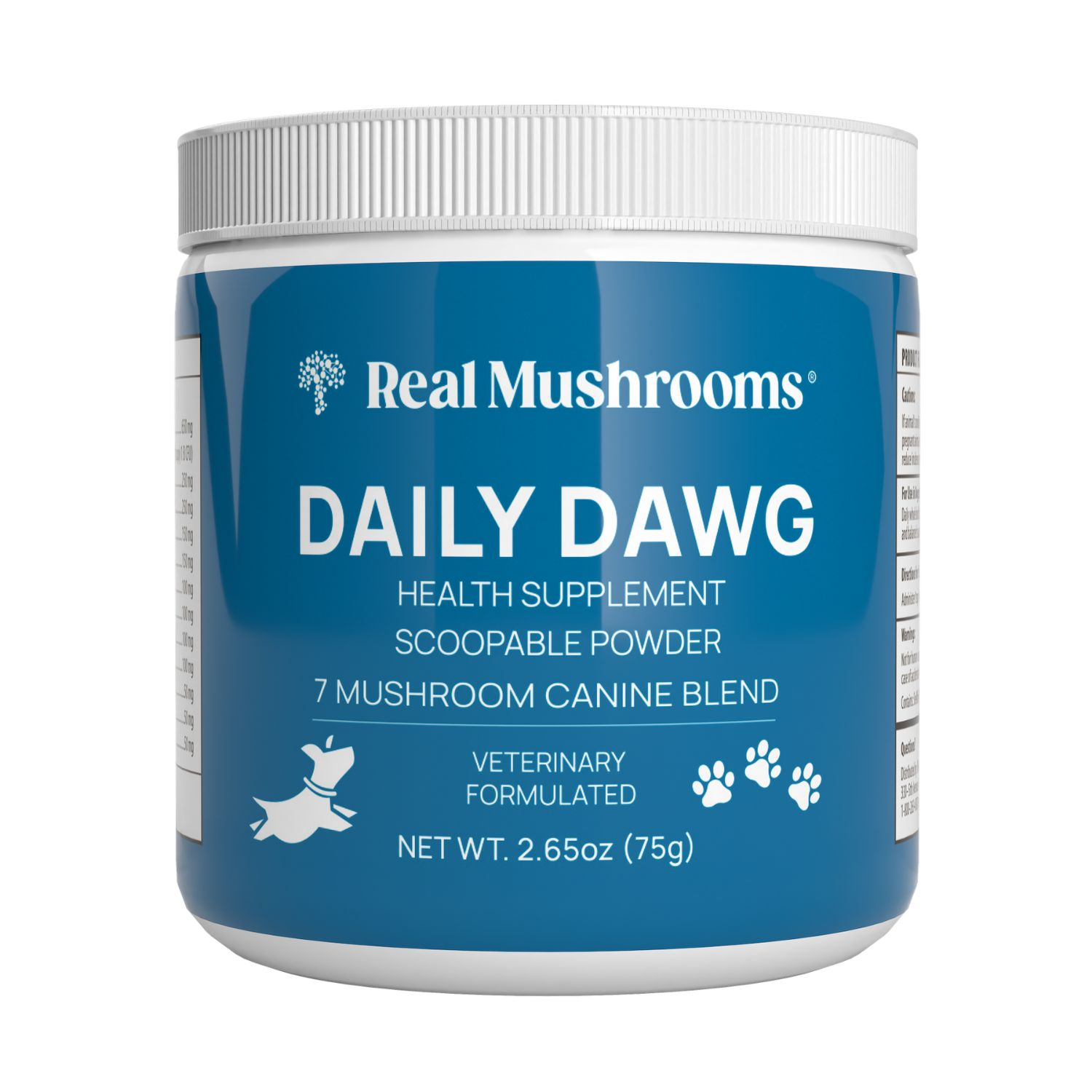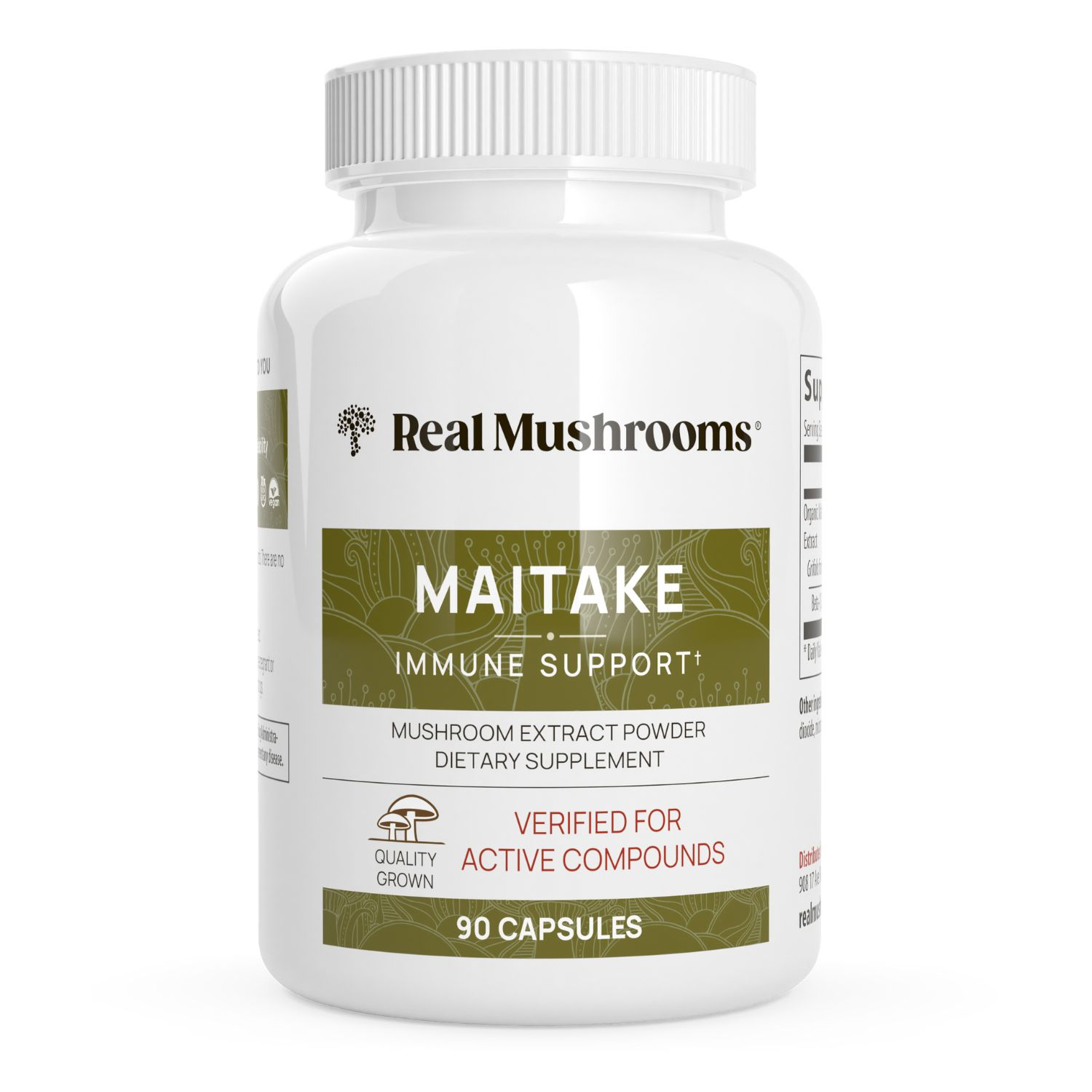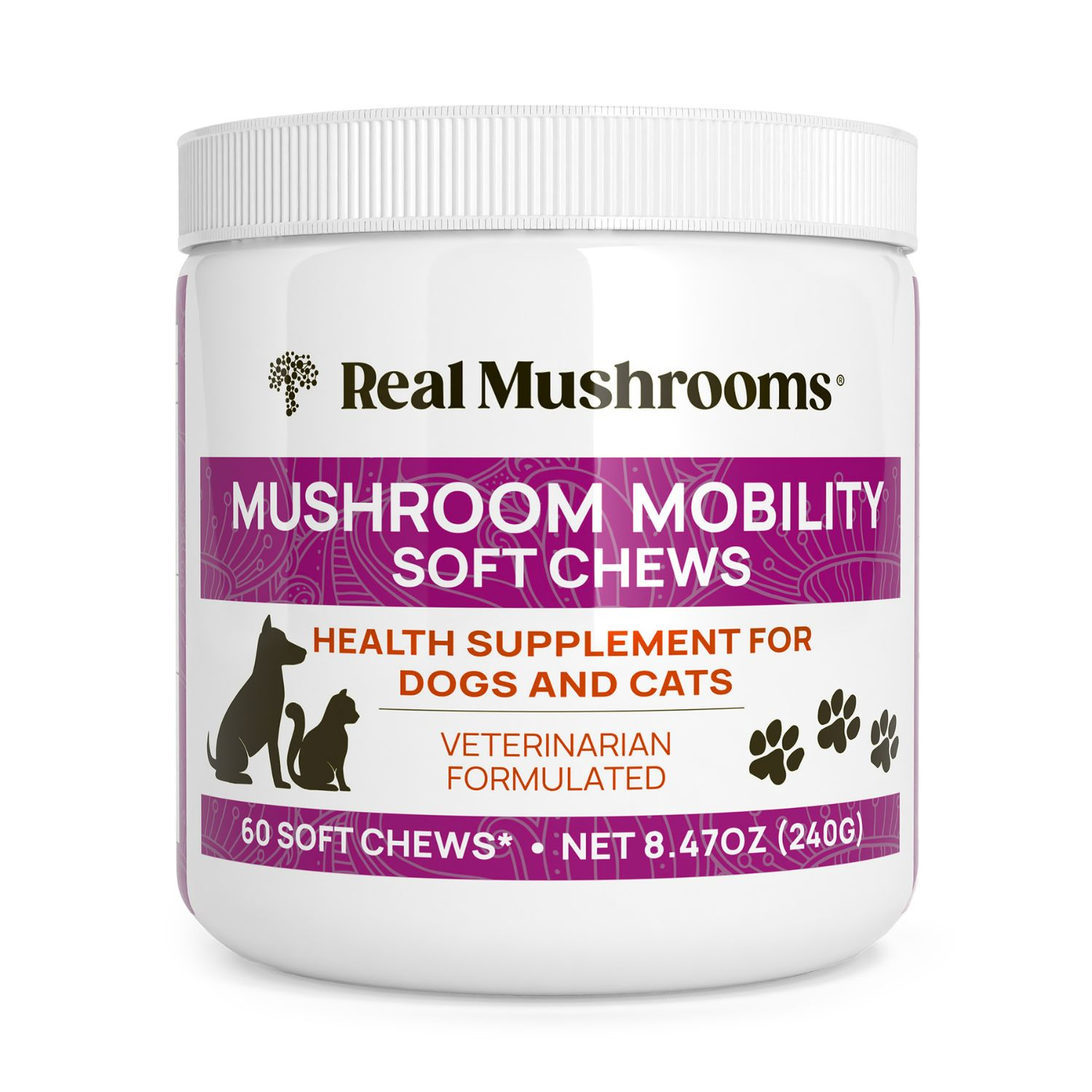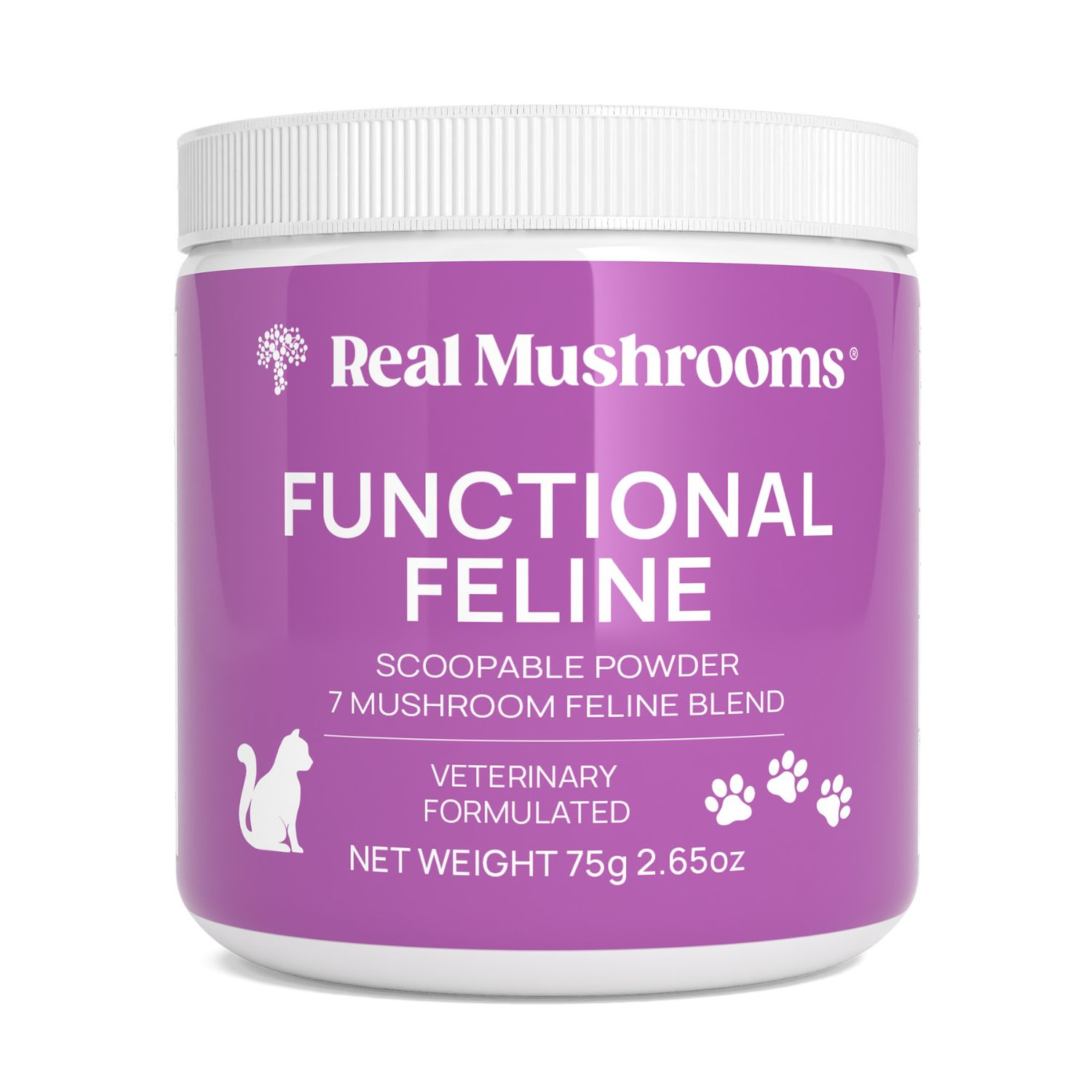Mushroom Life Cycle: 4 Key Stages and Their Features
8 minute read
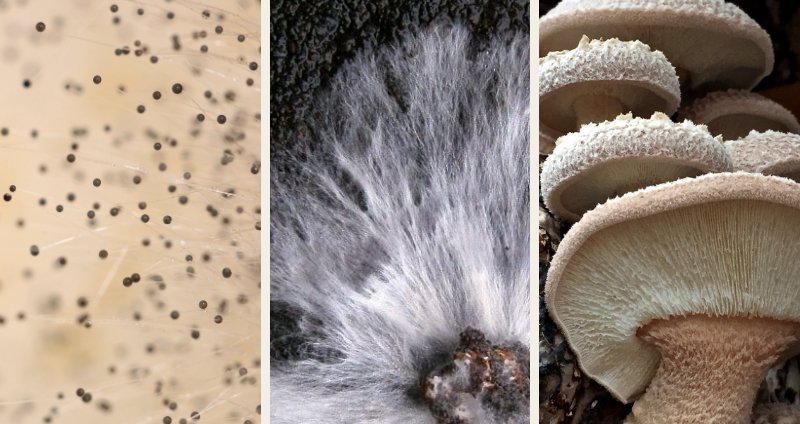
Mushrooms are neither plants nor animals; they’re part of the fungi kingdom. Unlike plants, they don’t photosynthesize, and unlike animals, they don’t directly ingest their food.
Instead, mushrooms secrete enzymes that digest food externally and then absorb the nutrients through the mushroom mycelium (the root-like vegetative body).
But even more unique and fascinating is the mushroom life cycle, which involves four revolutionary stages.
The entire duration of each cycle varies from one mushroom to the other depending on its size and growing environment. Some mushrooms will complete a whole cycle in one day, while for others, it may take up to a month or more.
Read on to learn the basics of the mushroom life cycle. One major advantage of having this knowledge is understanding what you’re getting when you’re buying functional mushroom products.
The supplement market is full of products with misleading marketing or label information, and we’re going to help bring clarity to what you might be getting before you buy any mushroom product.
In This Article
- Stage 1 - It All Begins With Spores
- Stage 2 - The Spores Germinate
- Stage 3 - The Mycelium Expands
- Stage 4 - Full Grown Mushroom Develops
- Why Should You Care About the Mushroom Life Cycle?

Stage 1 - It All Begins With Spores

The mushroom life cycle begins with a spore, one of the many billions released from a fully grown mushroom. Different types of mushrooms will have different structures that produce and release spores. The most familiar would be mushroom gills, which are found under mushroom caps.
Other common mushroom structures that release spores are pores and teeth. There are some exceptions, such as the puffball mushroom. When jostled, Puffballs shoot a cloud of spores out of an opening at the top of the mushroom.
Related Article: Mushroom Anatomy: A Deep Dive Into the Parts of a Mushroom
Just like a plant would spread its pollen grains to facilitate growth, mushrooms release billions of spores every day to ensure a new generation of mushrooms is brought forth.
The released spores, which are too tiny to be seen by the naked eye, float through the air, looking for a suitable place to germinate.
They often settle close to other grown mushrooms or are sometimes carried by wind or insects to another surface.
When the spores find a favorable environment with just the right amount of nutrients and water, they’ll begin to germinate (sprout) and become hyphae, which introduces a new growth stage.
Stage 2 - The Mushroom Spores Germinate
Mushroom spores can detect when they’ve reached an environment with favorable conditions for their growth.
At this point, the spores will germinate and form what’s referred to as a germ tube—a multicellular outgrowth from a single-celled pore.
During this phase of the mushroom life cycle, the germ tube then begins the process of growing and differentiating through mitosis into hyphae, the basic fungal unit. Mycelium is made up of long, thin, thread-like structures called hyphae that spread across the growing medium and release chemicals to dissolve food sourced from organic material.
Hyphae are long and thin thread-like structures that spread across the growing medium and release chemicals to dissolve food.
The hyphae enable the absorption of nutrients from the soil and environment and transport the nutrients throughout the growing mushroom. This way, the mushroom can get the nutrients and energy it needs to grow evenly.
And because the hyphae contain the mushroom’s genetic material, they’re responsible for finding spores of the opposite sex to bond with.
They’ll go as far as they need to meet their matches. When the meeting happens in this stage of the mushroom life cycle, two hyphae combine to form a cell of two nuclei.
The network formed by these hyphae eventually becomes a mycelium colony, shifting the fungal organism deeper into the mushroom life cycle stage to grow mushrooms in the latter stage of the mushroom life cycle.
Stage 3 - The Mycelium Expands
The mycelium’s role is to provide consistent support for the entire ecosystem. That’s why it grows at an exponential rate and spreads everywhere, forming a great underground network.
Mycelium helps break down dead plants and other organic materials in the soil. This releases crucial nutrients back into the soil, which can then be used by plants and other living things. Mycelium also acts as a delivery system of those nutrients in a symbiotic exchange with plants.
During this stage of the mushroom life cycle, the mycelium offers water and nutrients to the plants, and the plants (or trees) provide the mycelium with organic molecules like glucose that the mushroom requires to keep growing.

Because of the mycelium’s rapid growth, it’s bound to face many attacks from predators and competitors.
But it will repel them with its wide range of protective enzymes and compounds to keep the mushroom safe.
Preparing for Baby Mushrooms
The mushroom life cycle at this point prepares for the next stage: producing mushrooms. The mycelium colony gathers all the nutrients needed to continue the mushroom’s life cycle. It will wait until it's exposed to specific conditions, like particular light, humidity, and temperature levels, then start producing mushrooms.
The mycelium will tightly wind itself, twisting and compacting into what’s referred to as a hyphal knot. The knots soon grow into tiny dots called primordium, which eventually produce mushrooms that break through the surface as pins. These pins mark the beginning of a young (or baby) mushroom.

You can tell the pin stage apart from earlier stages because pins basically look like minuscule mushrooms. In the case of button mushrooms (Agaricus bisporus) the pins will be 4–10 mm in diameter and show a distinct ‘waist’, separating the developing cap and stem tissues <1>.
At this point in the mushroom life cycle, these pins will grow in size and develop the final features of a mature mushroom (fruiting body).

Unfortunately, many products that label themselves as mushroom supplements contain a large portion of mycelium and substrate matter (typically grain when growing mycelium commercially). They may not include any mushrooms at all.
This misrepresents what the customer is purchasing, causes confusion, and compromises the efficacy of the product that isn’t derived from a genuine mushroom (fruiting body).
The only genuine mushroom supplements are those made using 100% mushrooms, which develop in the final stage of the mushroom life cycle.
Stage 4 - Full Grown Mushroom Develops
While the primordium continues to develop at this stage of the mushroom life cycle, the mushroom releases enzymes and makes the most out of the nutrients available for its growth and maturity.
However, not all the pinheads (baby mushrooms) will grow to maturity. Out of the thousands of primordia, the growing organism will select only a few with the best chances of maturing into healthy mushrooms.
The mushroom then channels all of its nutrients and energy to develop the selected primordia to full maturity.
The fully grown mushroom will have all the structures necessary for it to produce and release spores. The mushroom grows rapidly during this phase.
Once the mushroom is fully grown, it will have all the structures necessary for it to produce and release spores.
A mushroom’s life cycle is complete when it releases spores into the environment for propagation, and the cycle begins again.
And just like everything else in nature, the cycle begins again, with the new generation of mushrooms ready to begin developing.

Why Should You Care About the Mushroom Life Cycle?
Understanding the mushroom life cycle will tell you more about how and when to consume mushrooms and which portions contain the most nutrients.
The mushroom (fruiting body) contains more active beneficial compounds, like beta-glucans, compared to any other stage in this fungal lifecycle.
It’s incredibly rich in polysaccharides like beta-glucans, antioxidants, and triterpenoids. These are the compounds largely responsible for the health benefits of functional mushrooms, such as supporting the immune system.
That’s why it’s crucial to invest in mushroom supplements with high concentrations of fungal beta-glucans in particular. A product whose label indicates the beta-glucan content per serving and shows that it contains fruiting bodies and not mycelium will generally be a reliable option.
The Difference is Real: Mushrooms vs Mycelium
Many supplement products sold in North America contain mycelium grown on grain instead of actual mushrooms. However, sometimes, this is not clear from the label unless you look closely at the ingredient list.
Check out the differences between supplements made from the mushrooms versus mycelium grown on grain in the table below:

At Real Mushrooms, we understand these differences and the impact a mushroom supplement can have on a user.
That’s why we strive to create the highest quality supplements with only the mushroom and no mycelium or residual substrate.
All of our mushroom supplements include a fact section, where we list all ingredients used the amount of beta-glucan per serving, among other relevant information (as shown below).

To make sure you’re getting a high-quality mushroom supplement, make sure the ingredients include only mushroom extracts and no mycelium. It’s even better if the label states the beta-glucan content so you can tell the potency.
We’re determined to provide you with only the best quality supplements containing all the benefits of real health-promoting mushrooms.
Browse our collection of 100% real mushroom extracts, all of which are sourced from our organic mountain farms.
And they’re not just great for your health; your pets can benefit from mushrooms, too. Check out our mushrooms for pet’s supplements for your furry loved ones.
"... not all mushrooms are created equal, and I have found this company to be one of the best! I recommend their capsules to all of my clients."
- Kathy, Real Mushrooms Verified Buyer

Related Articles
- Mushroom Types: A Comprehensive Guide for Health Enthusiasts
- Eating Raw Mushrooms: What You Need to Know About Safety and Nutrition
- How Mushrooms Support Ecosystem Health and Biodiversity
- 5 Best Supplements for Focus and Concentration
References
- Baars JJP, Scholtmeijer K, Sonnenberg ASM, van Peer A. Critical Factors Involved in Primordia Building in Agaricus bisporus: A Review. Molecules. 2020; 25(13):2984. https://doi.org/10.3390/molecules25132984
